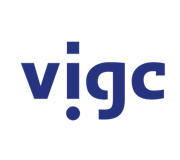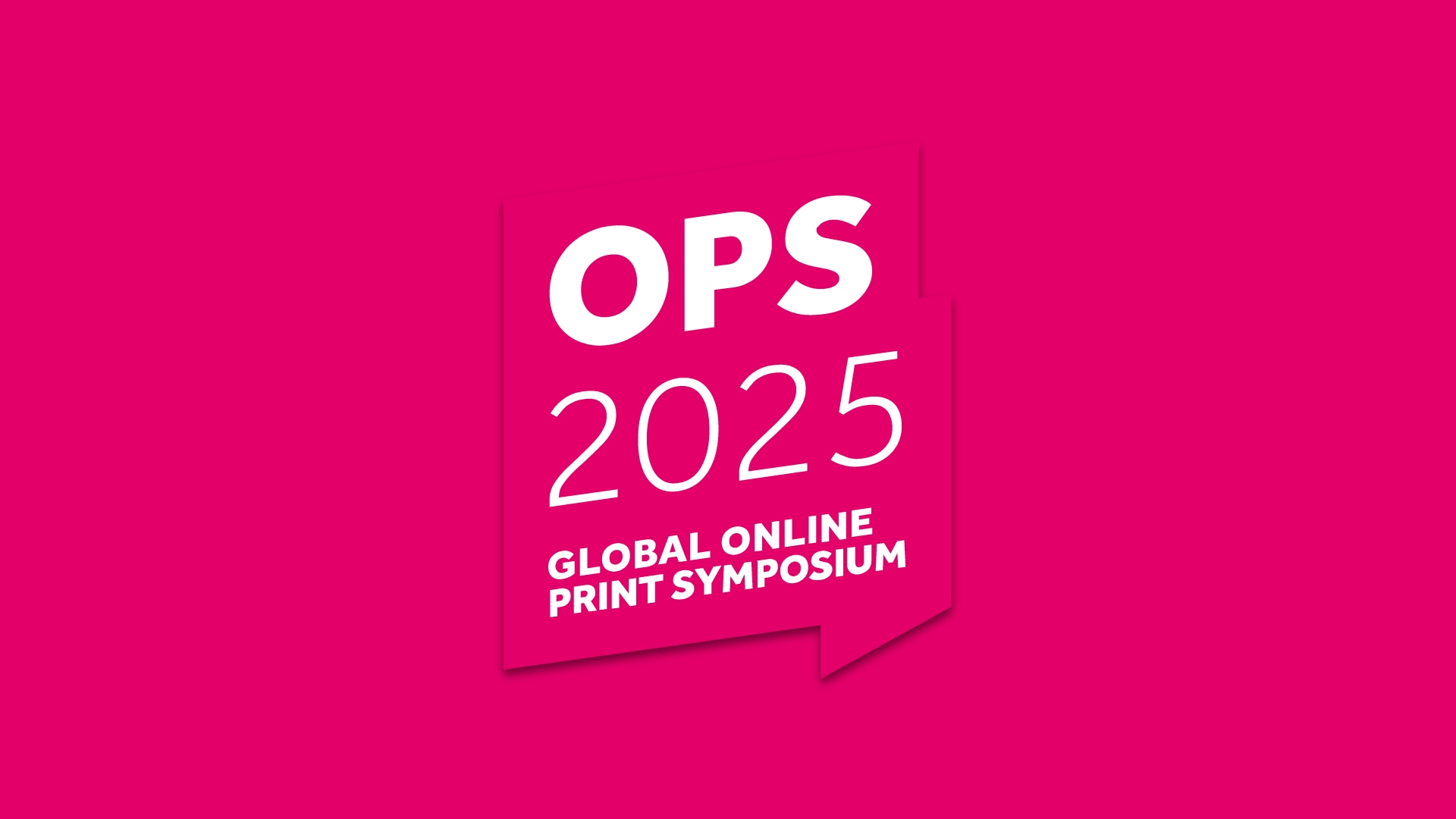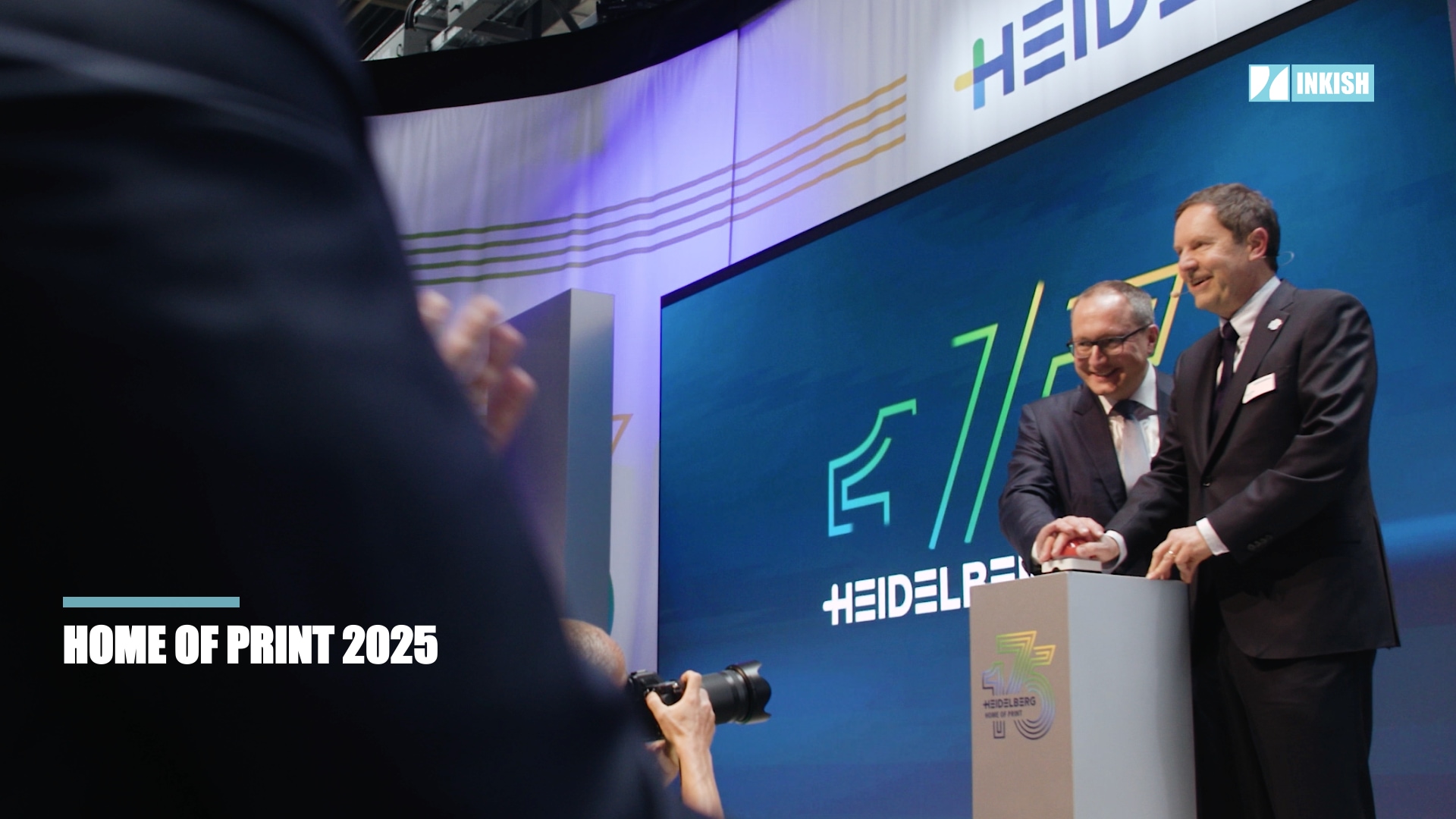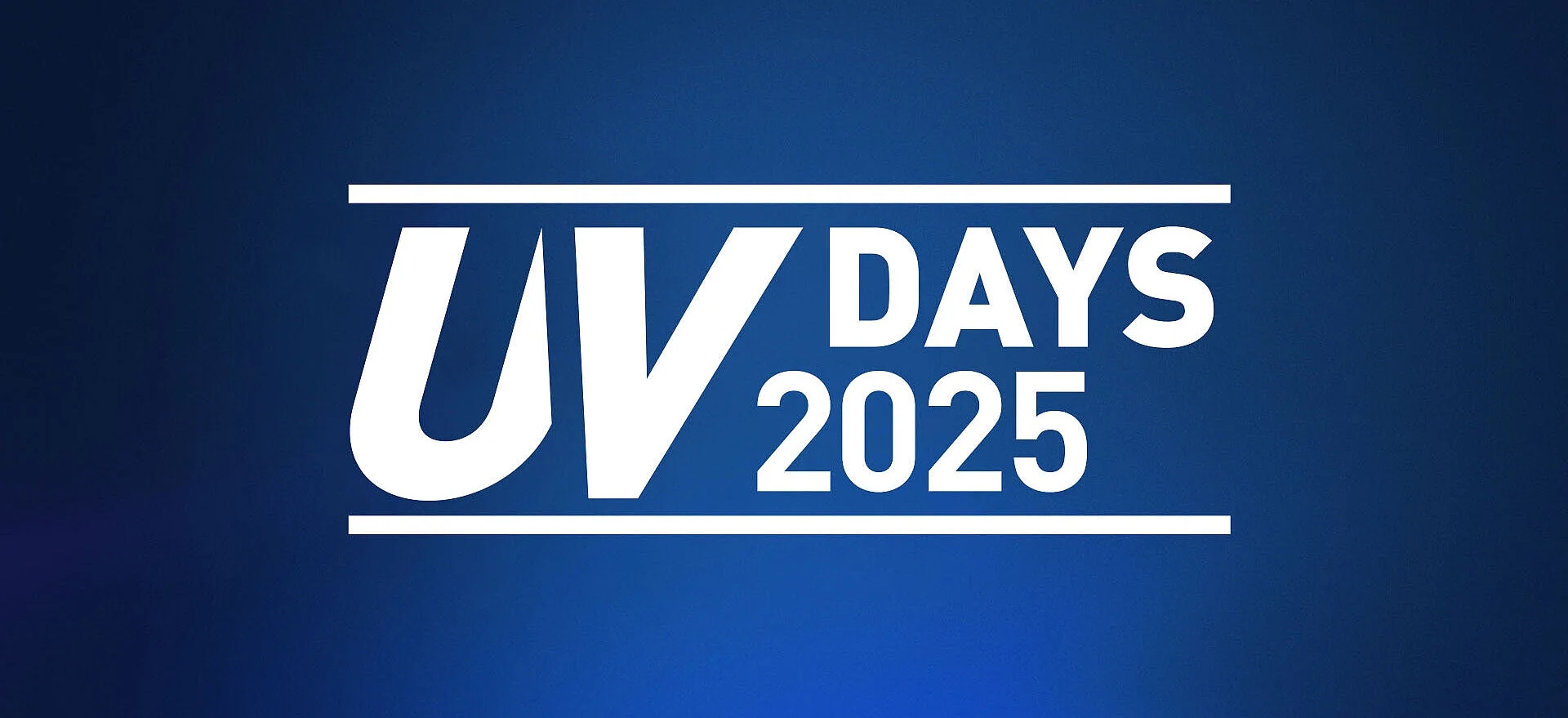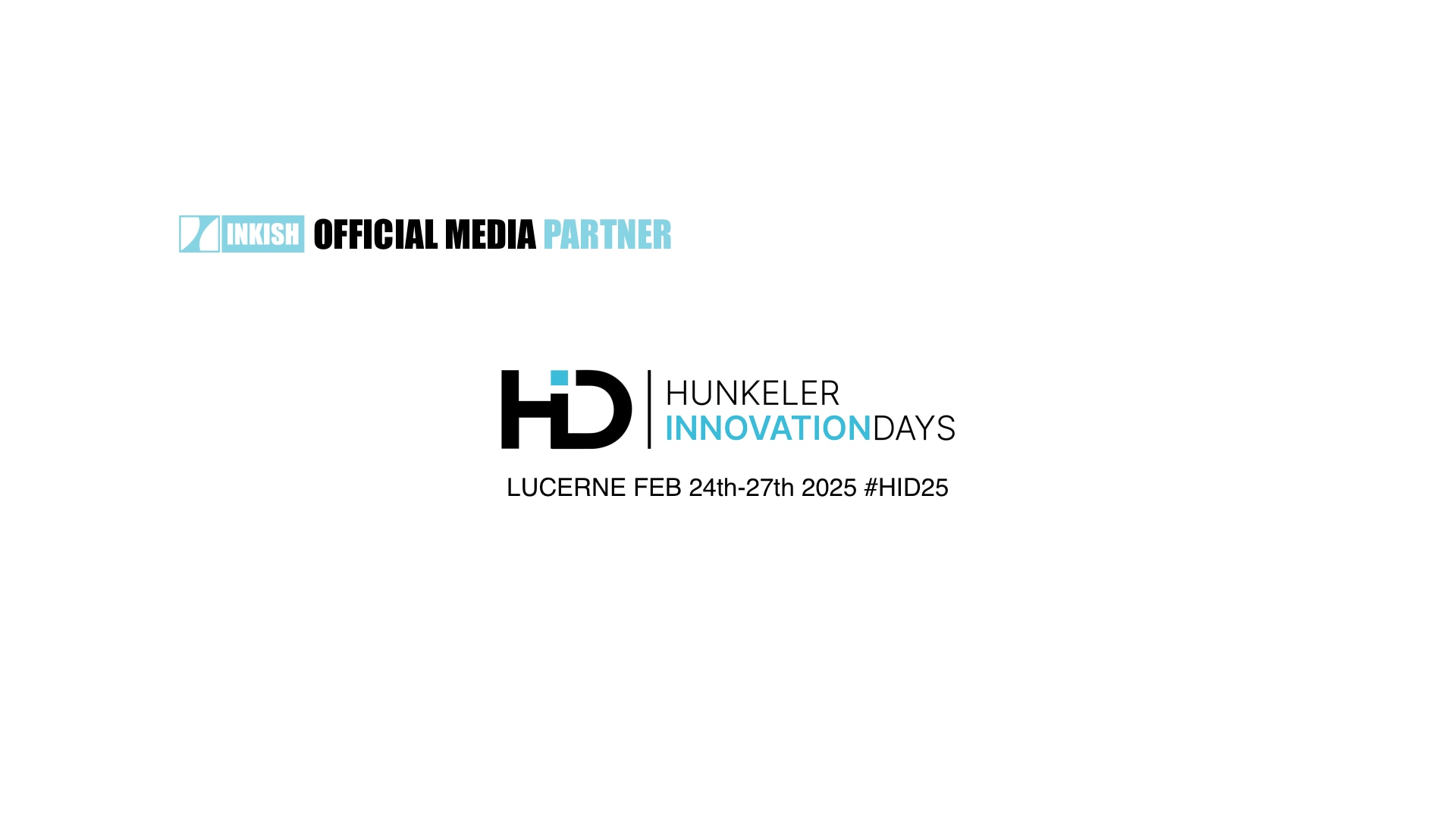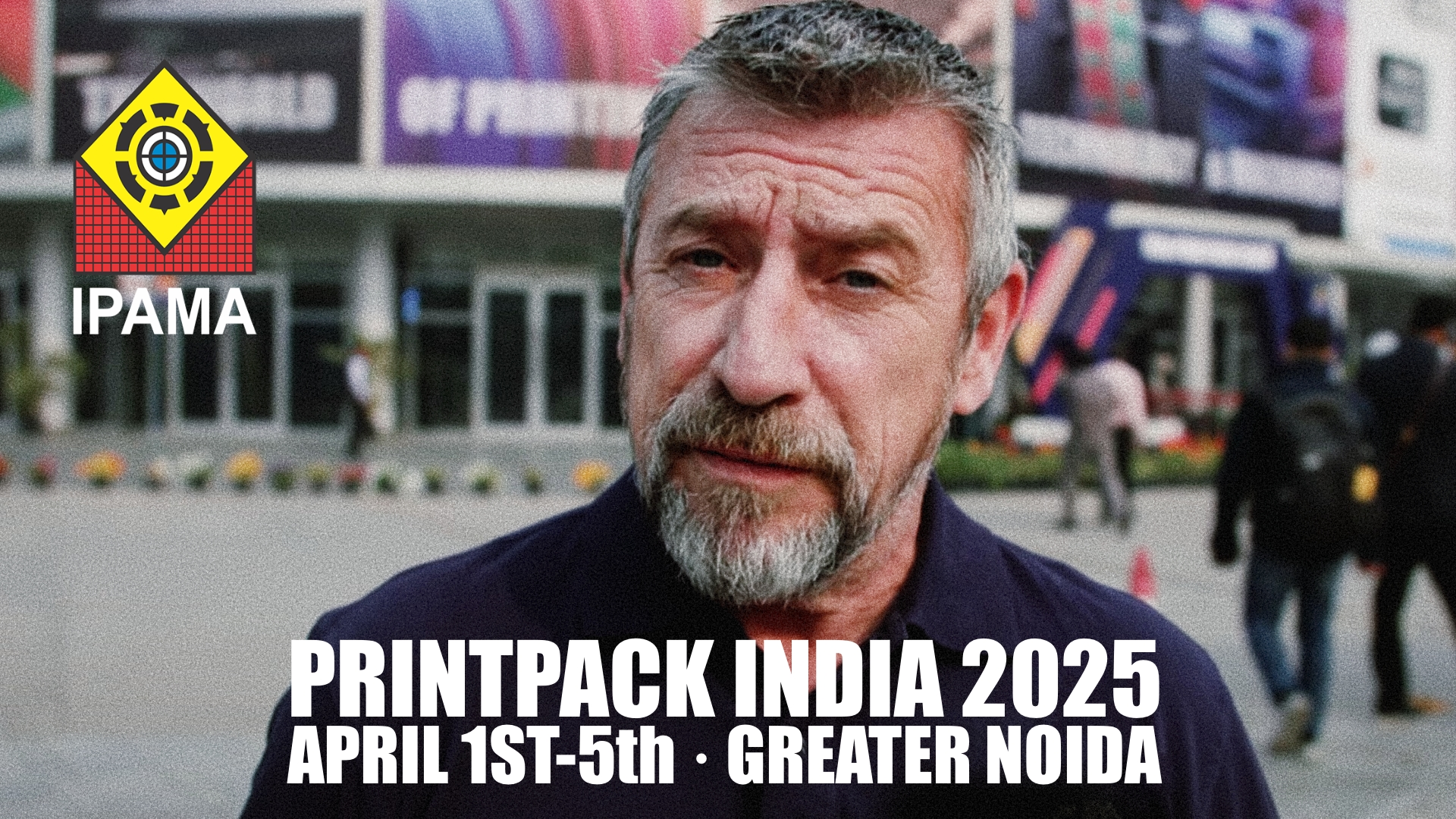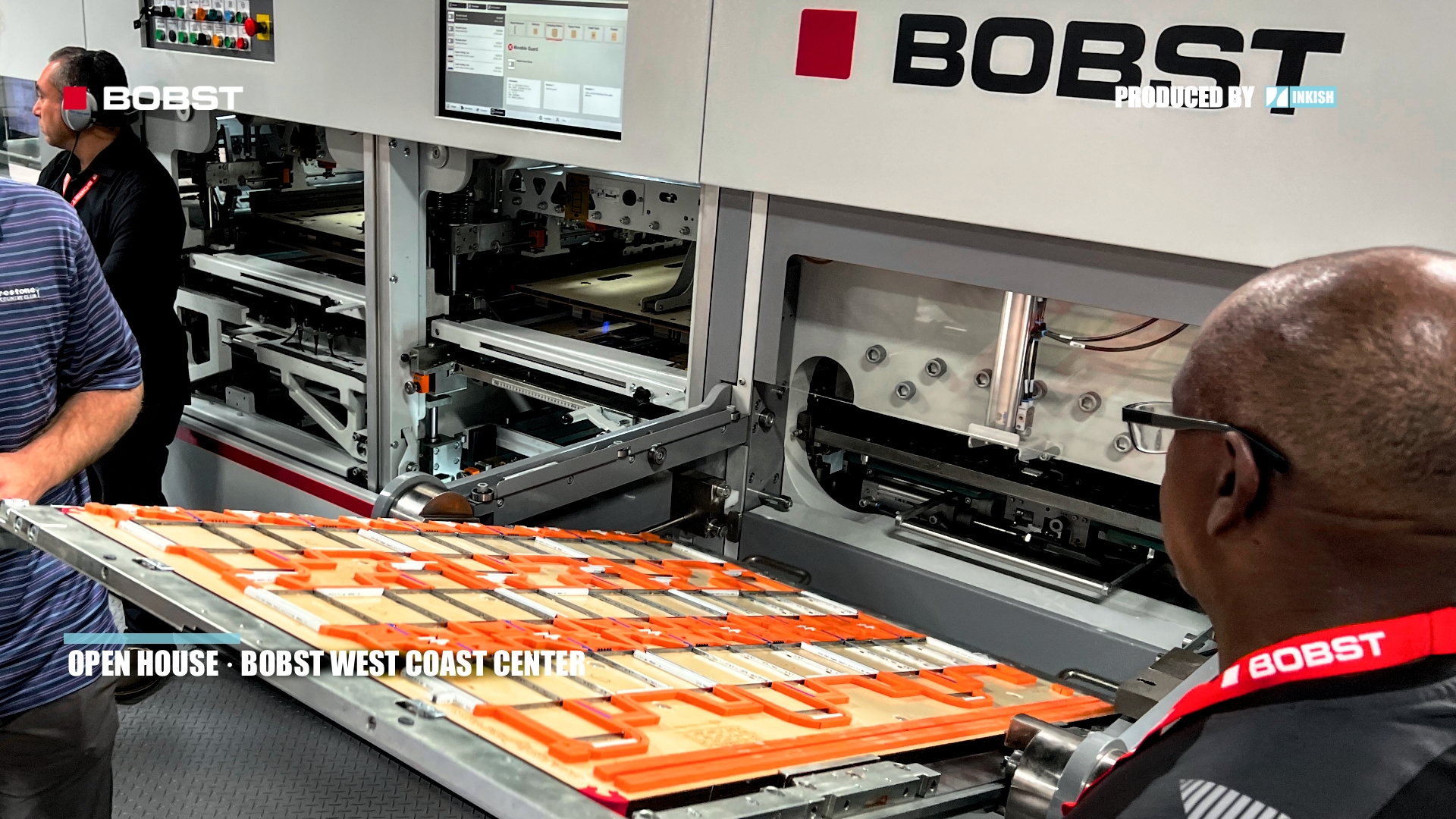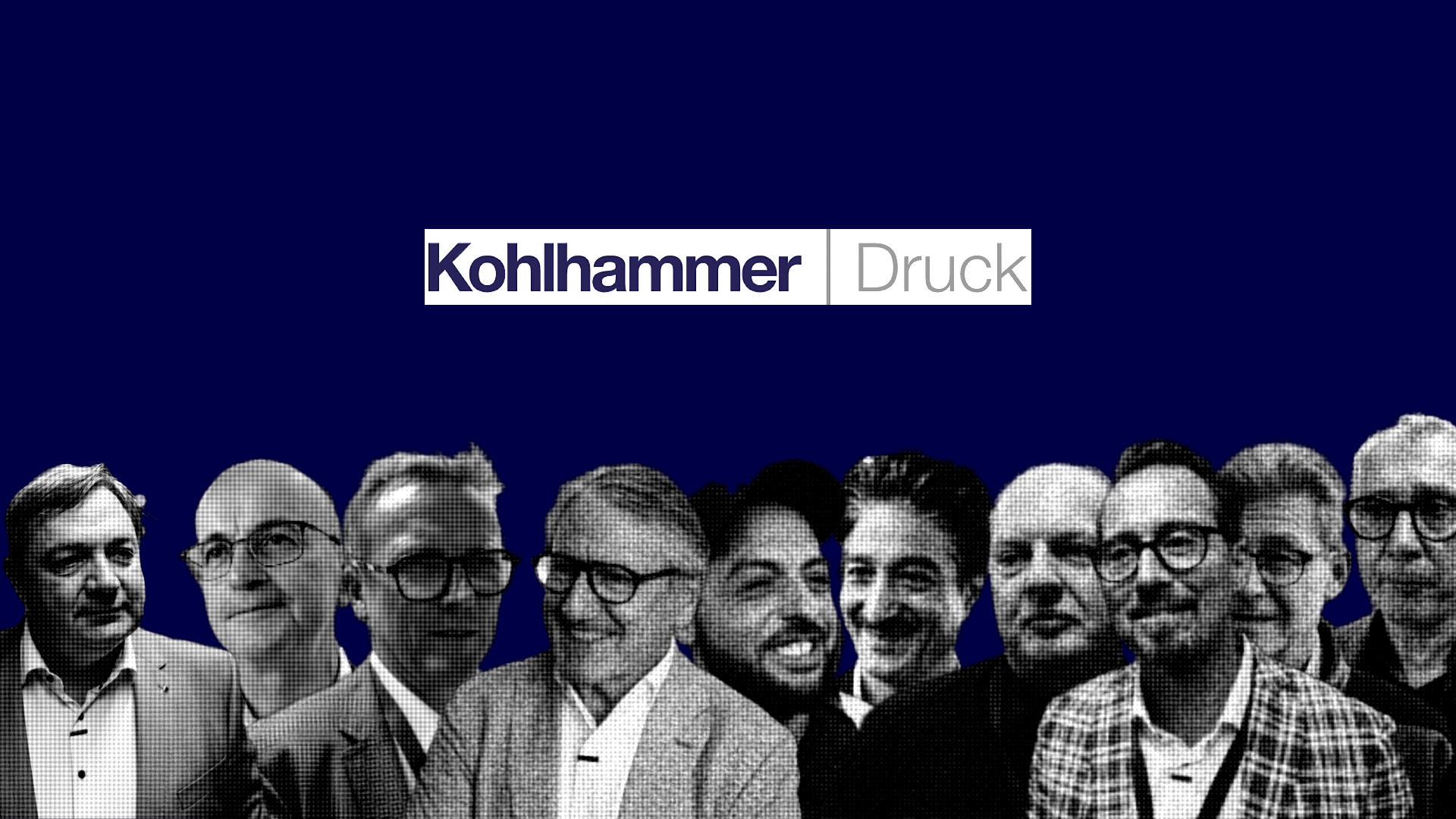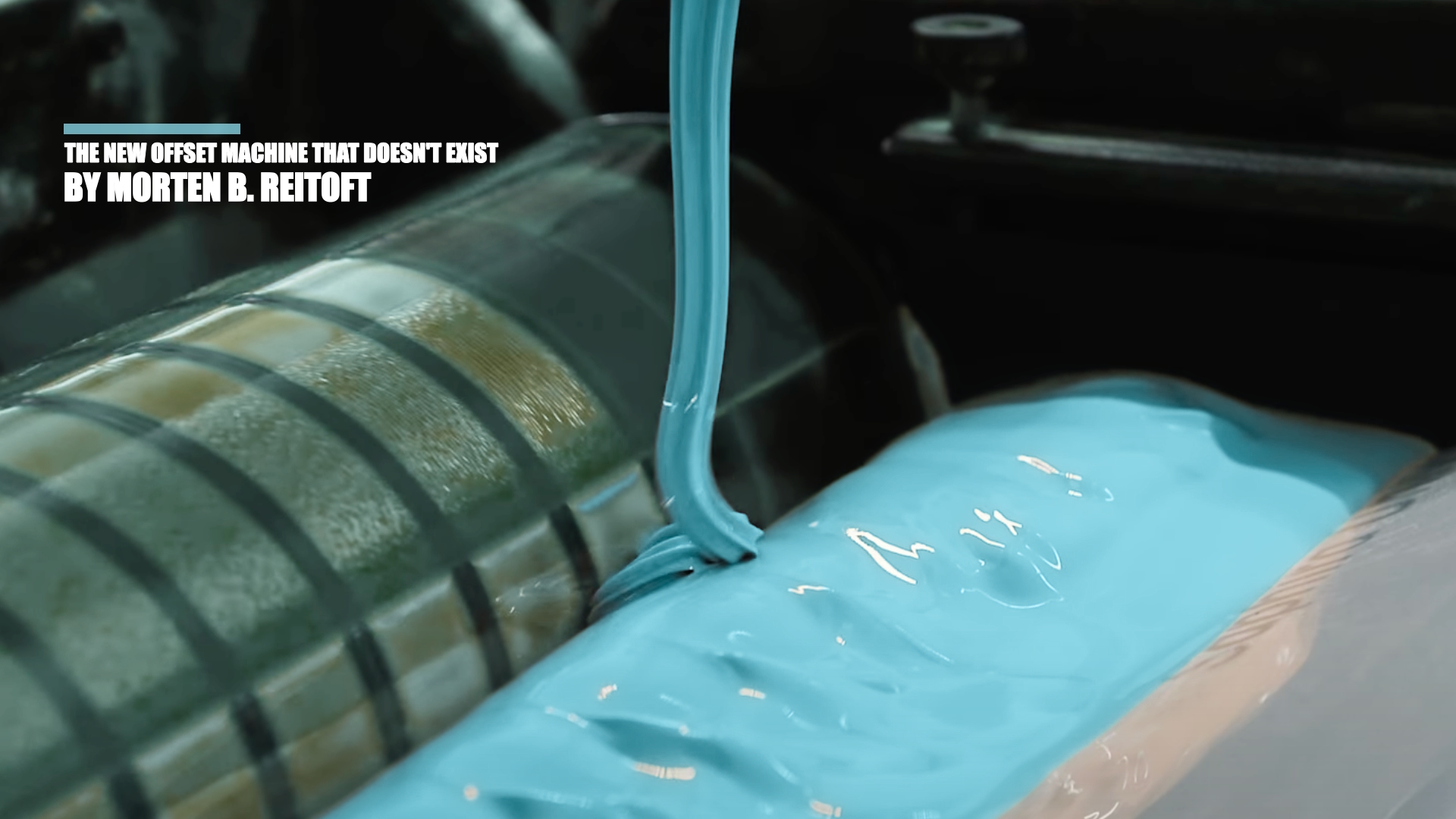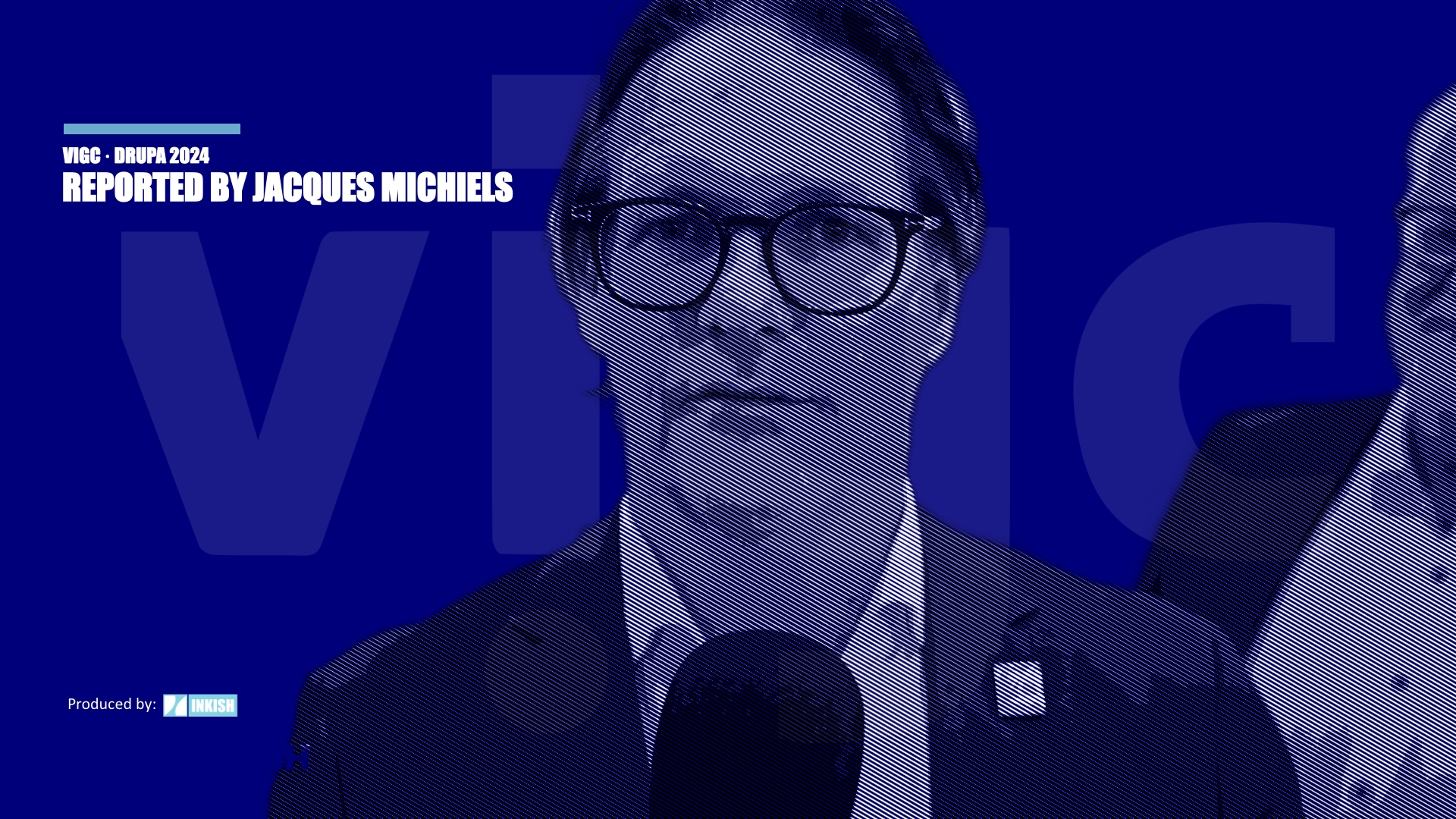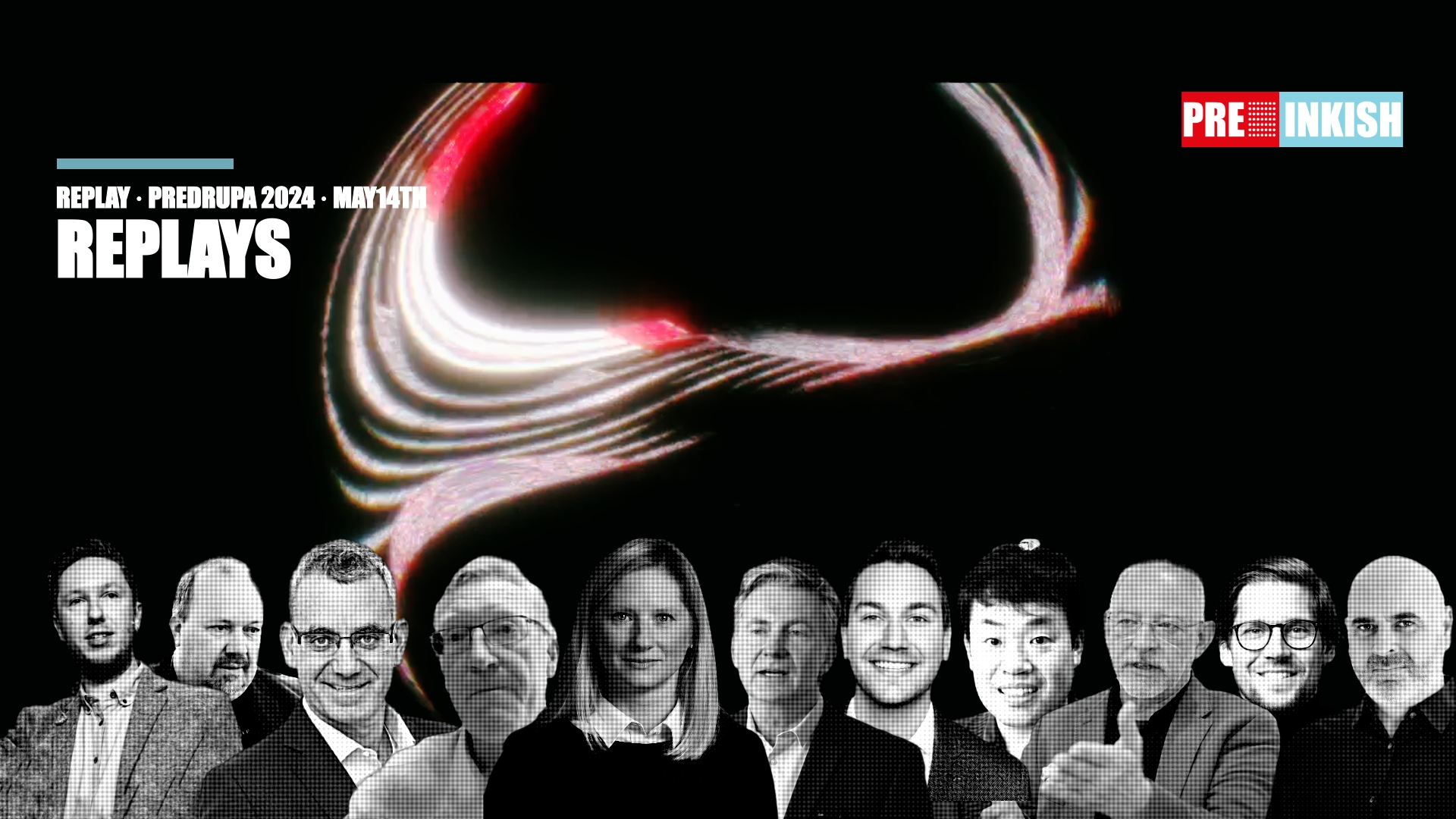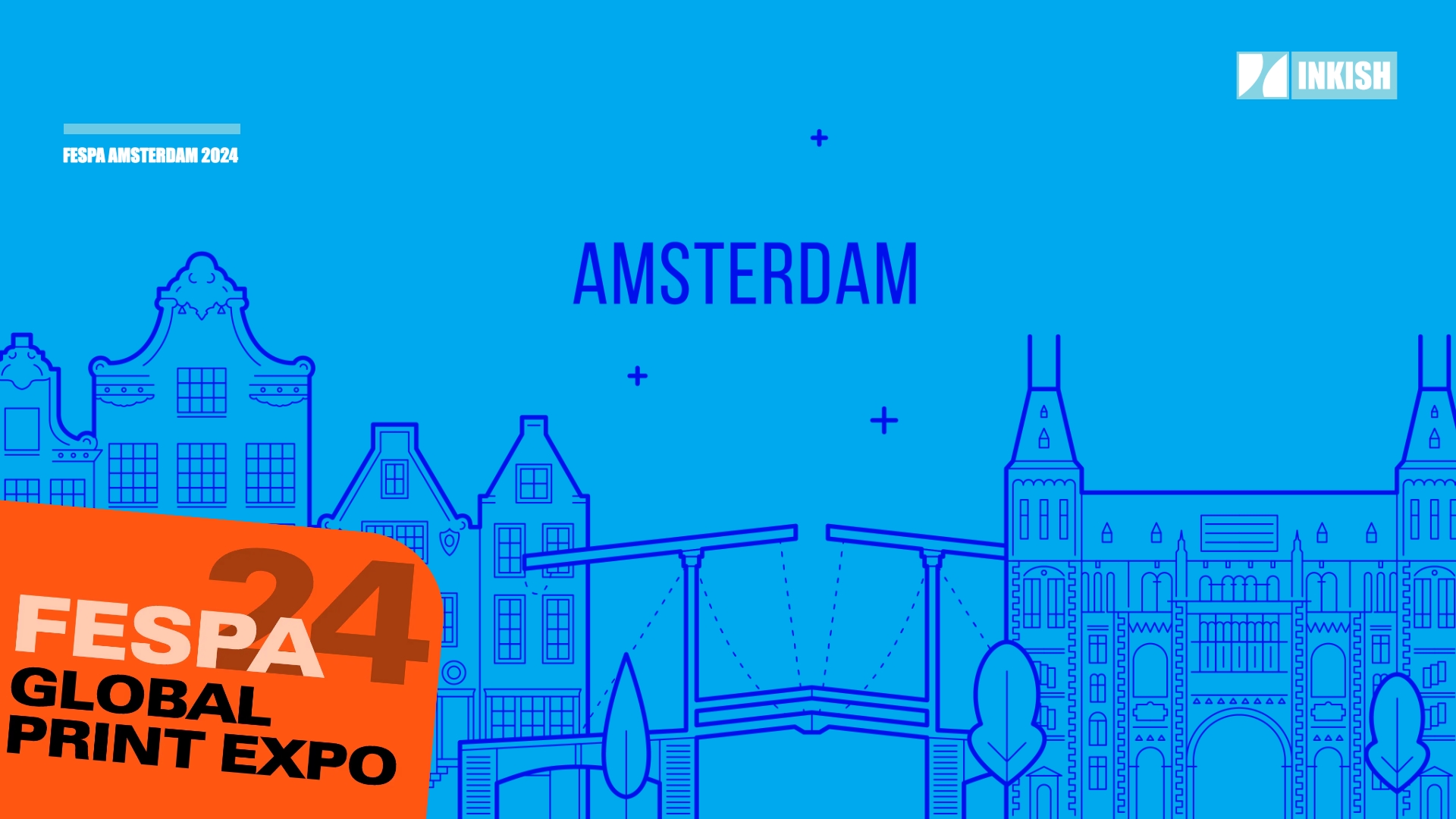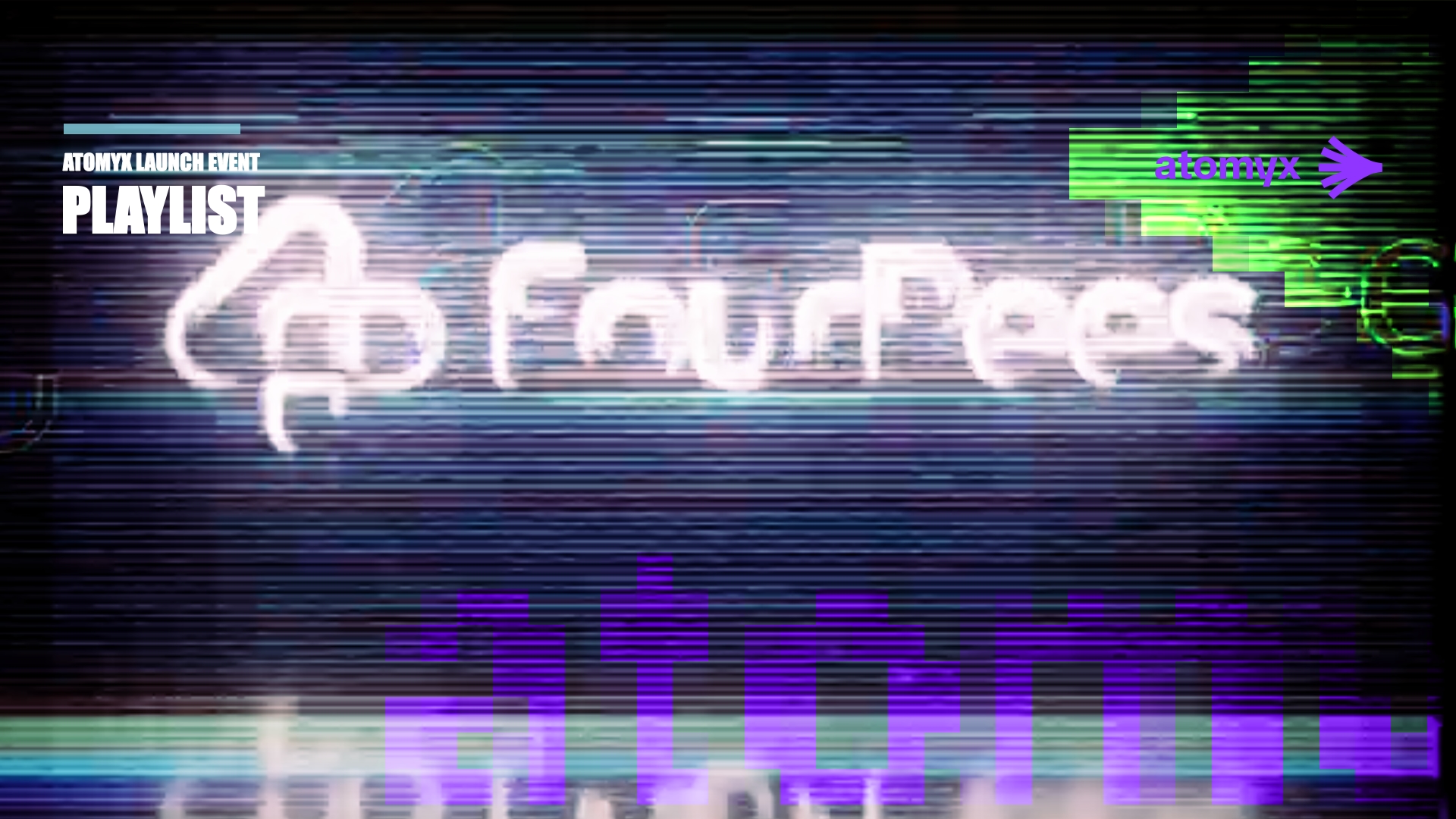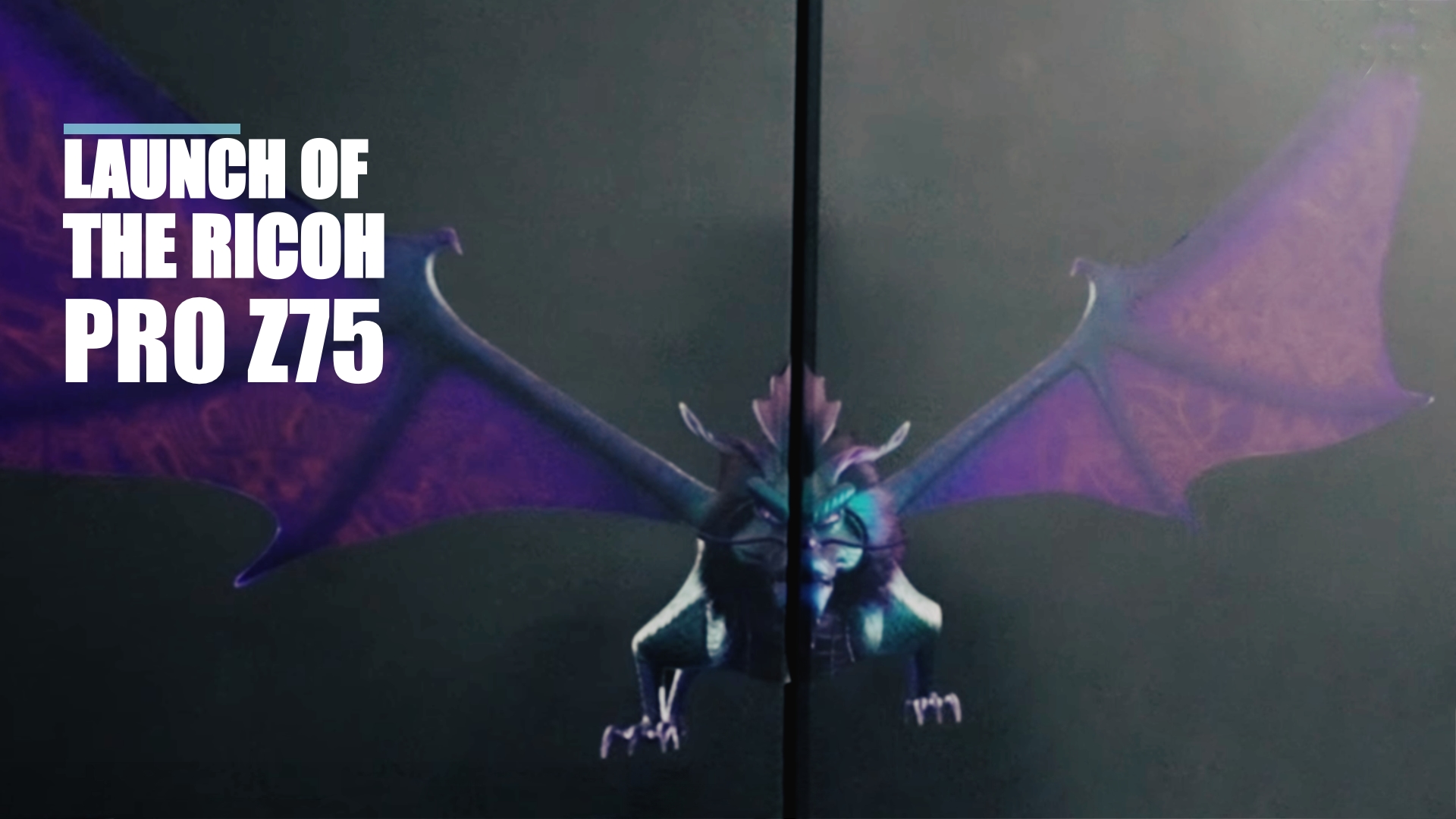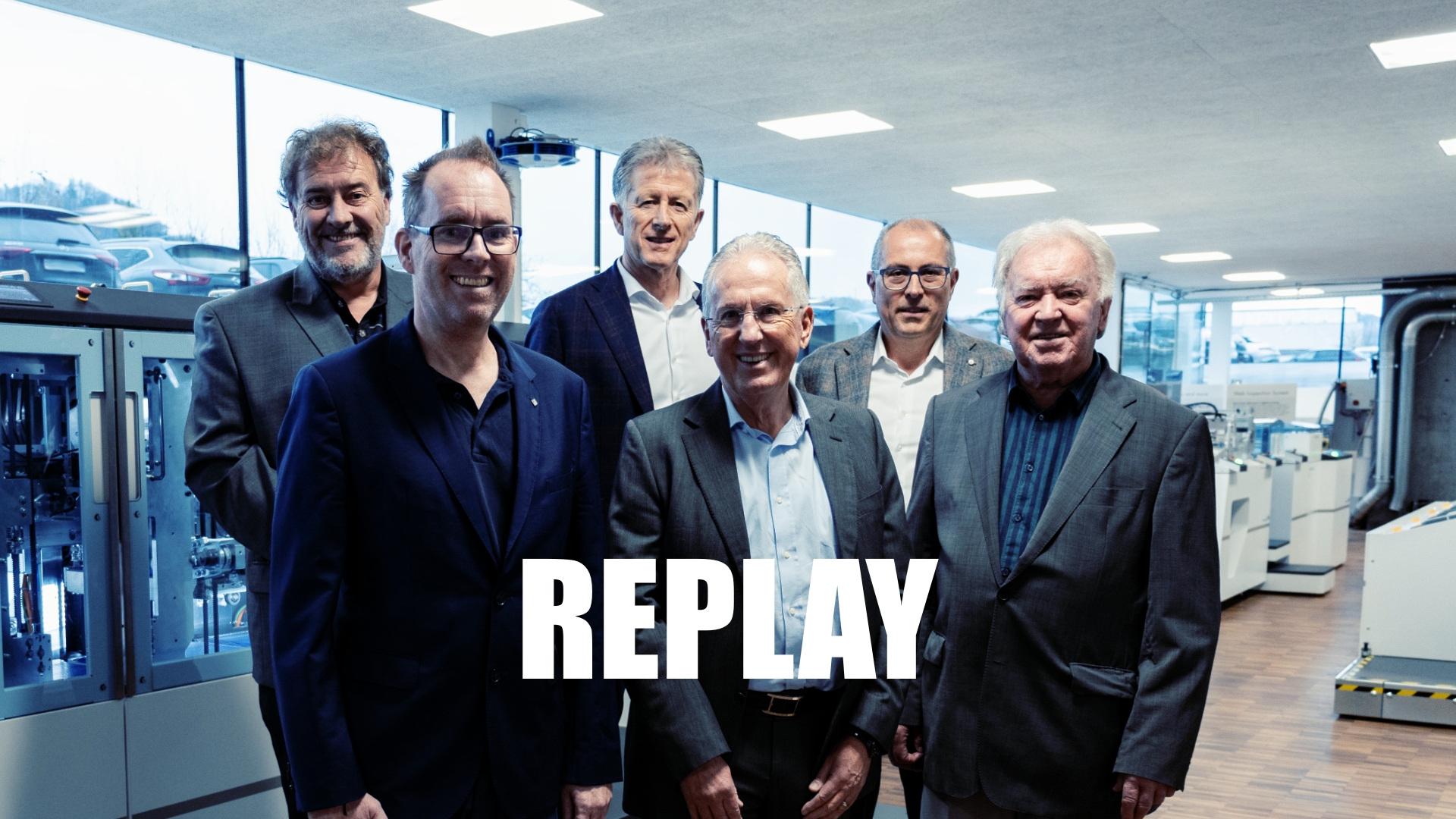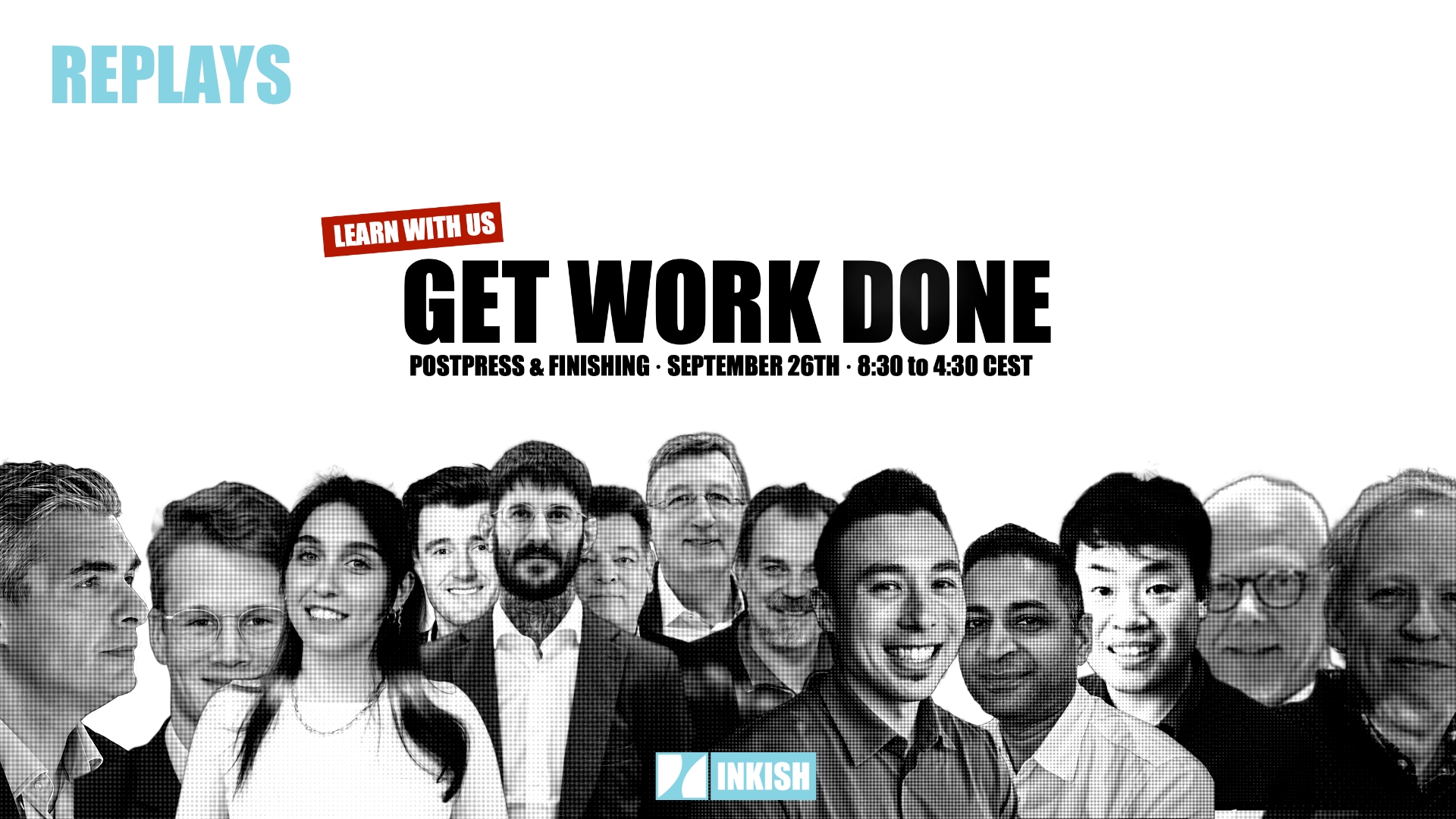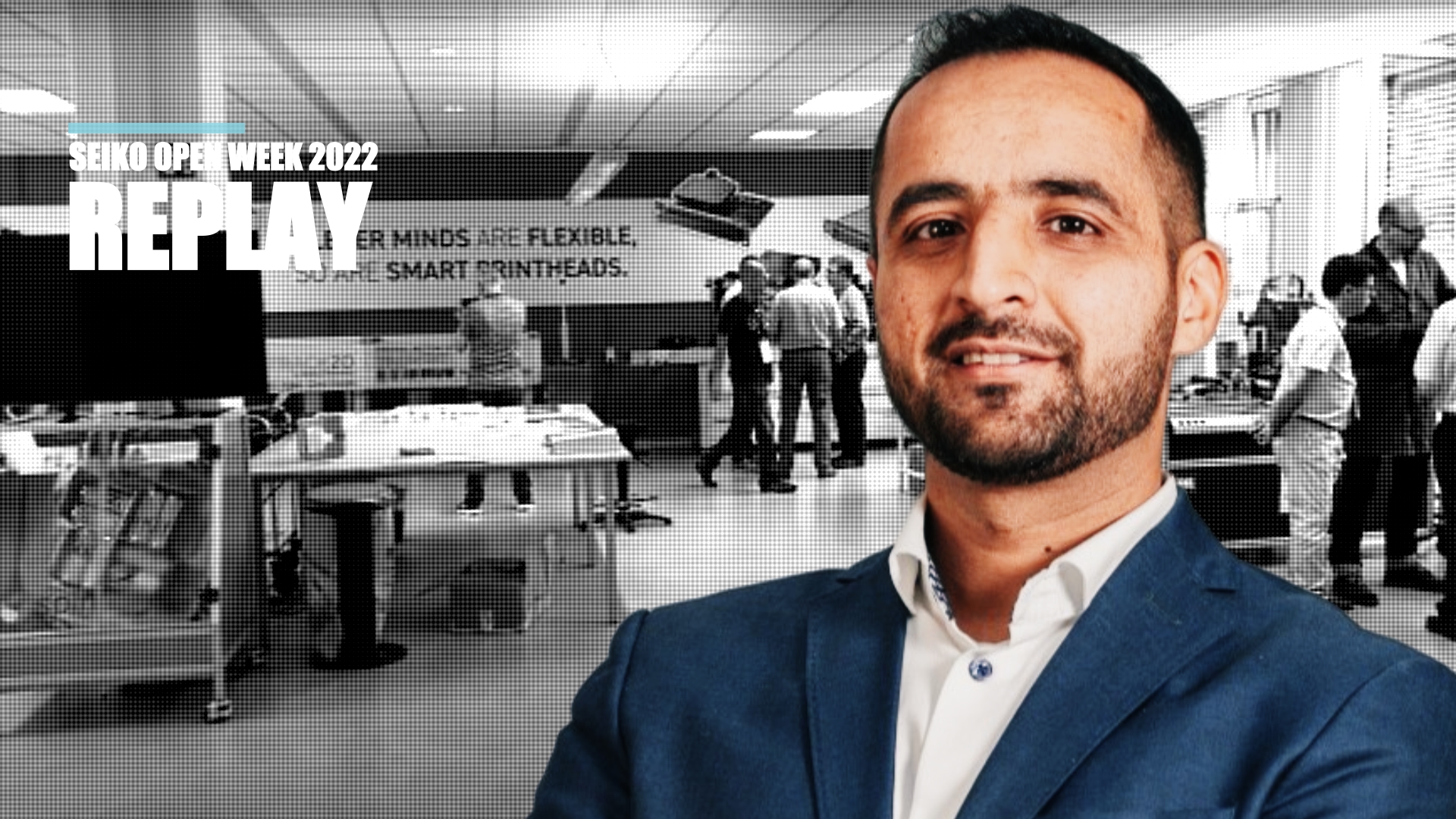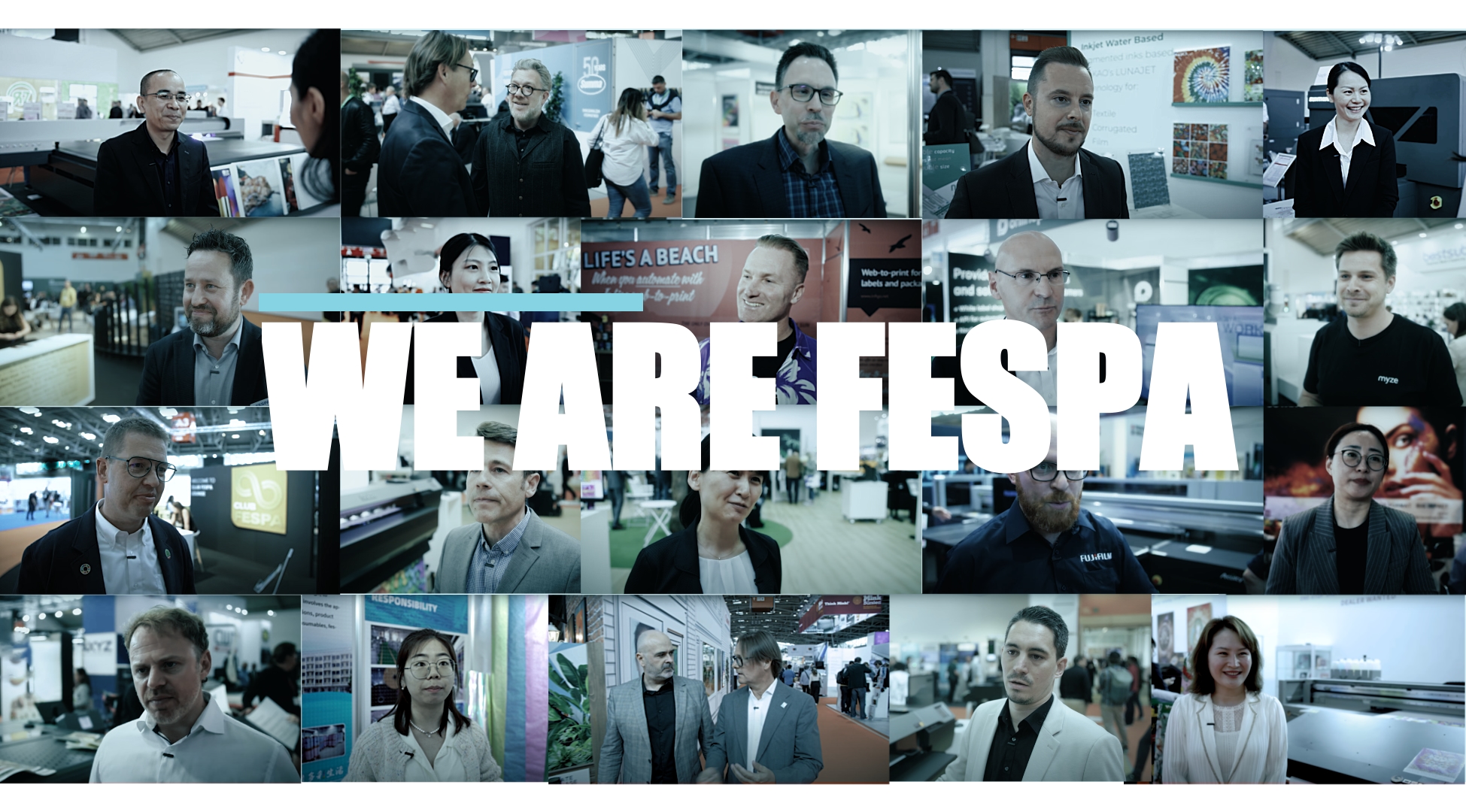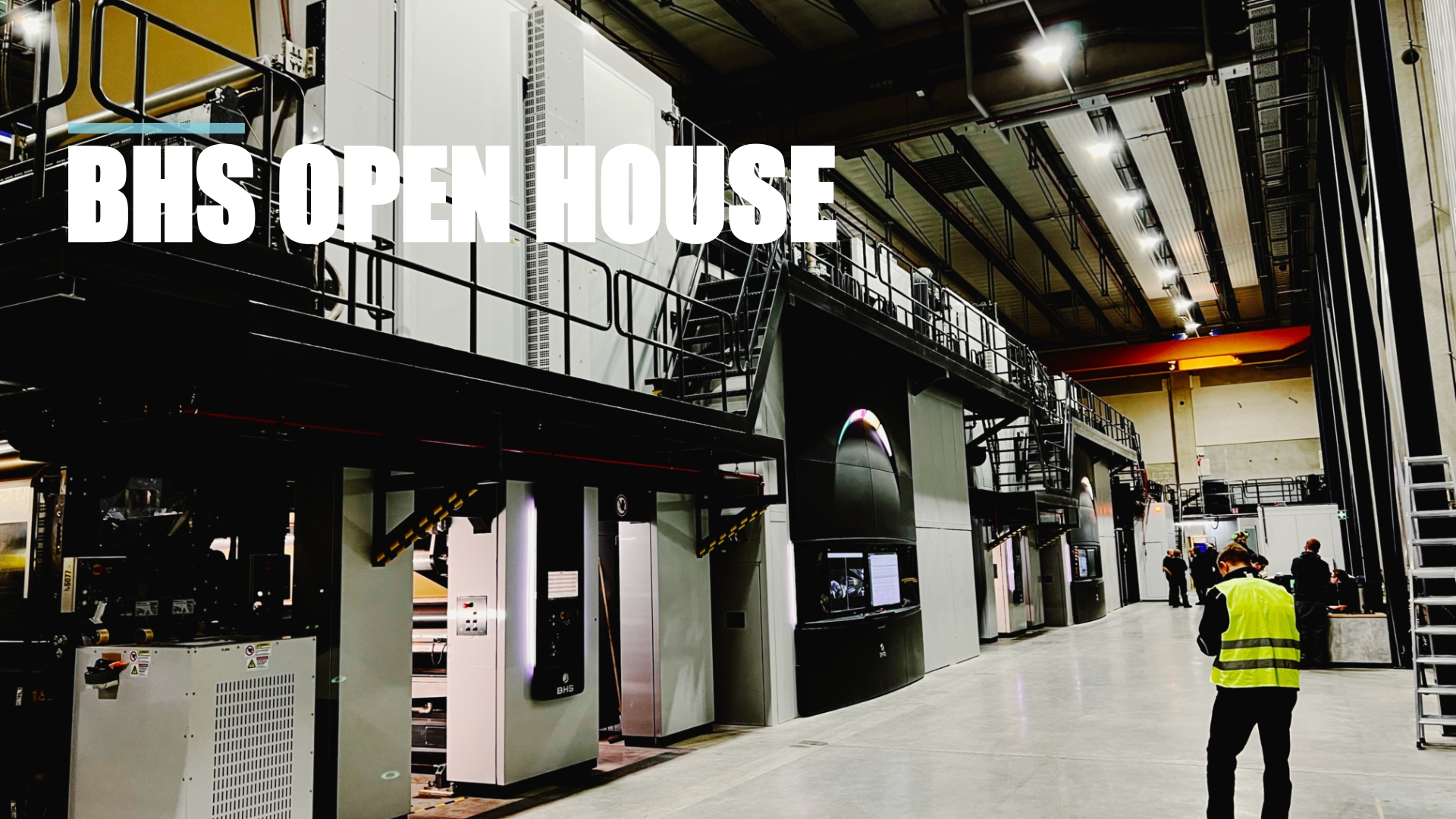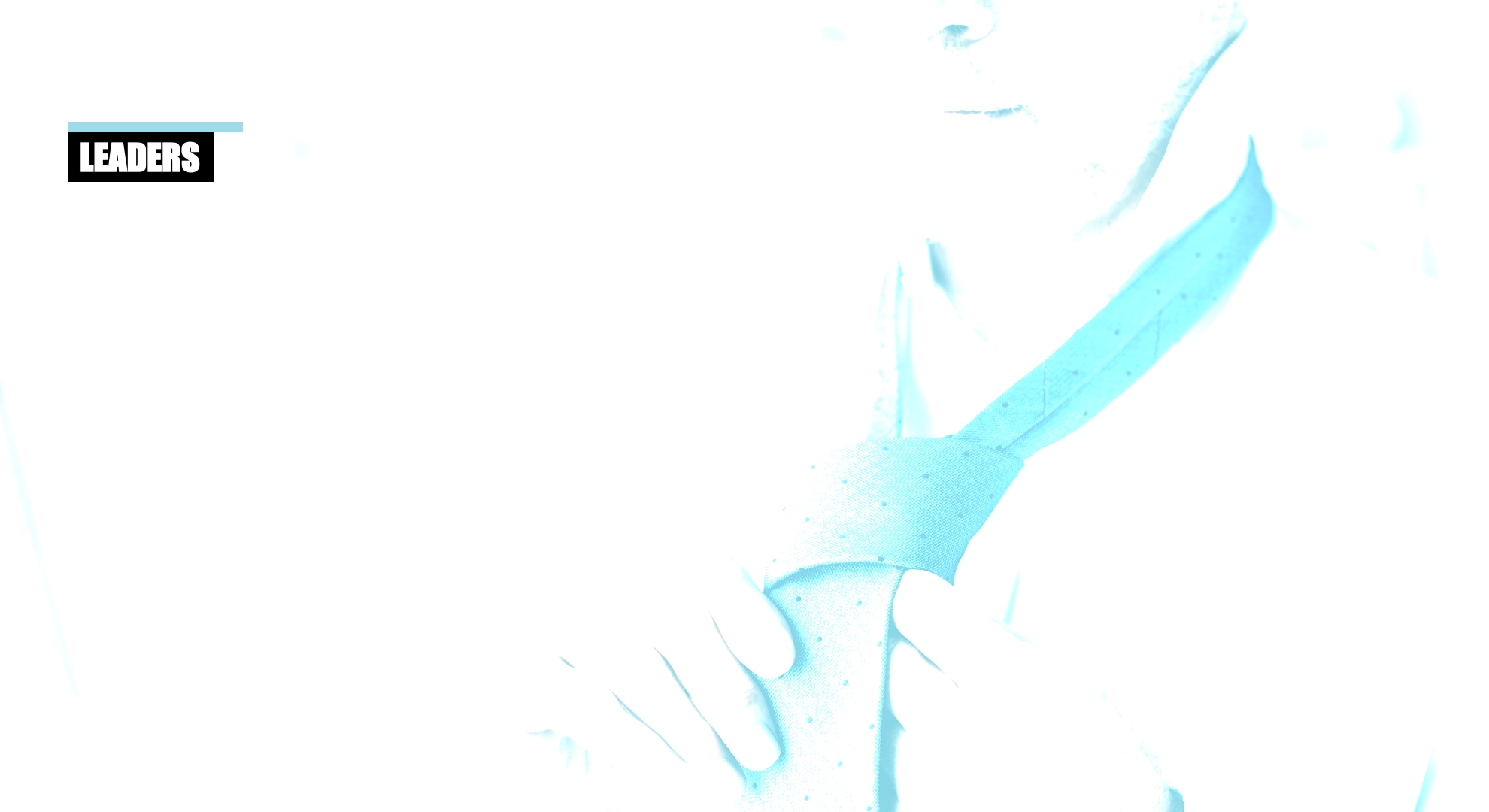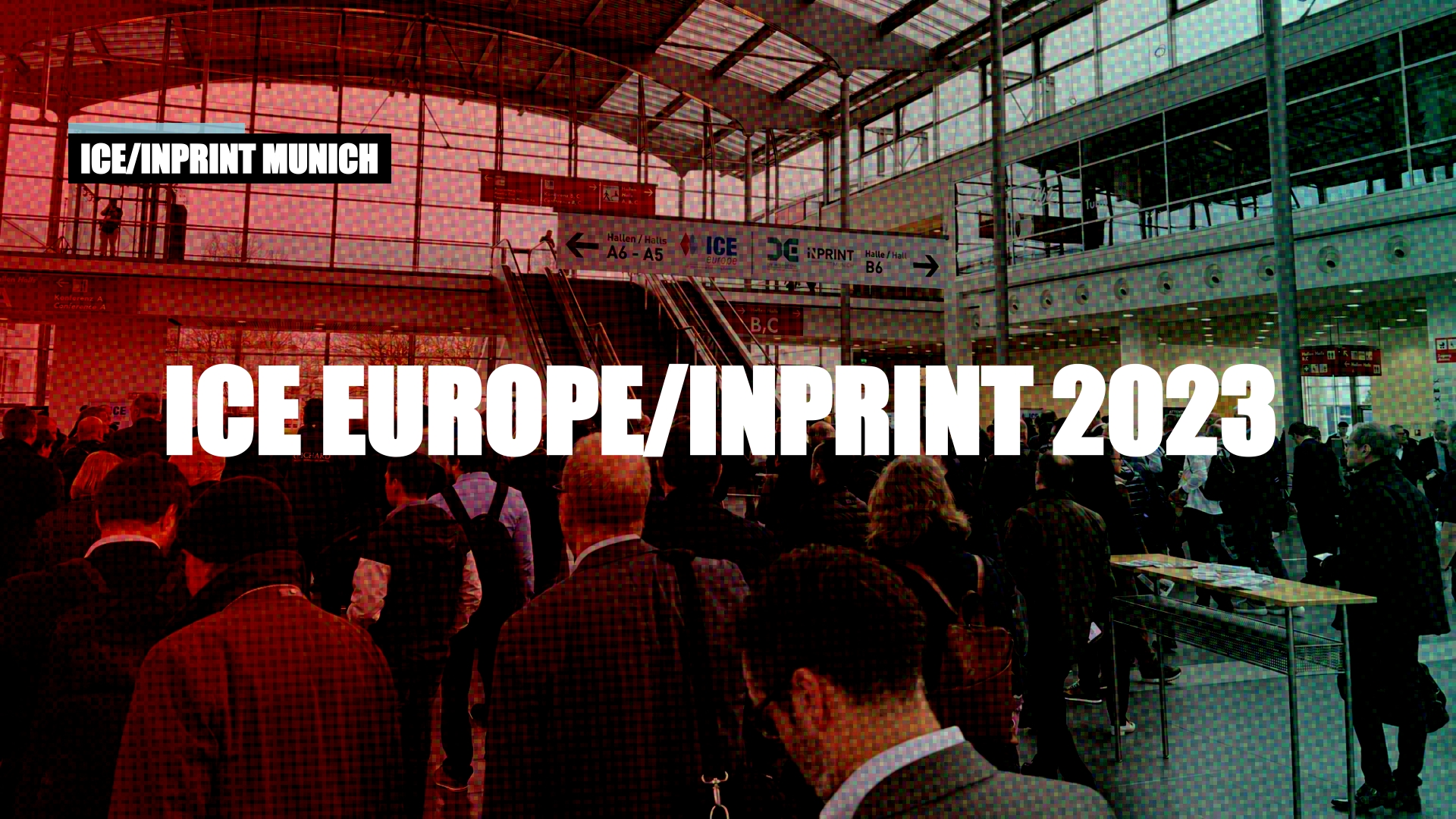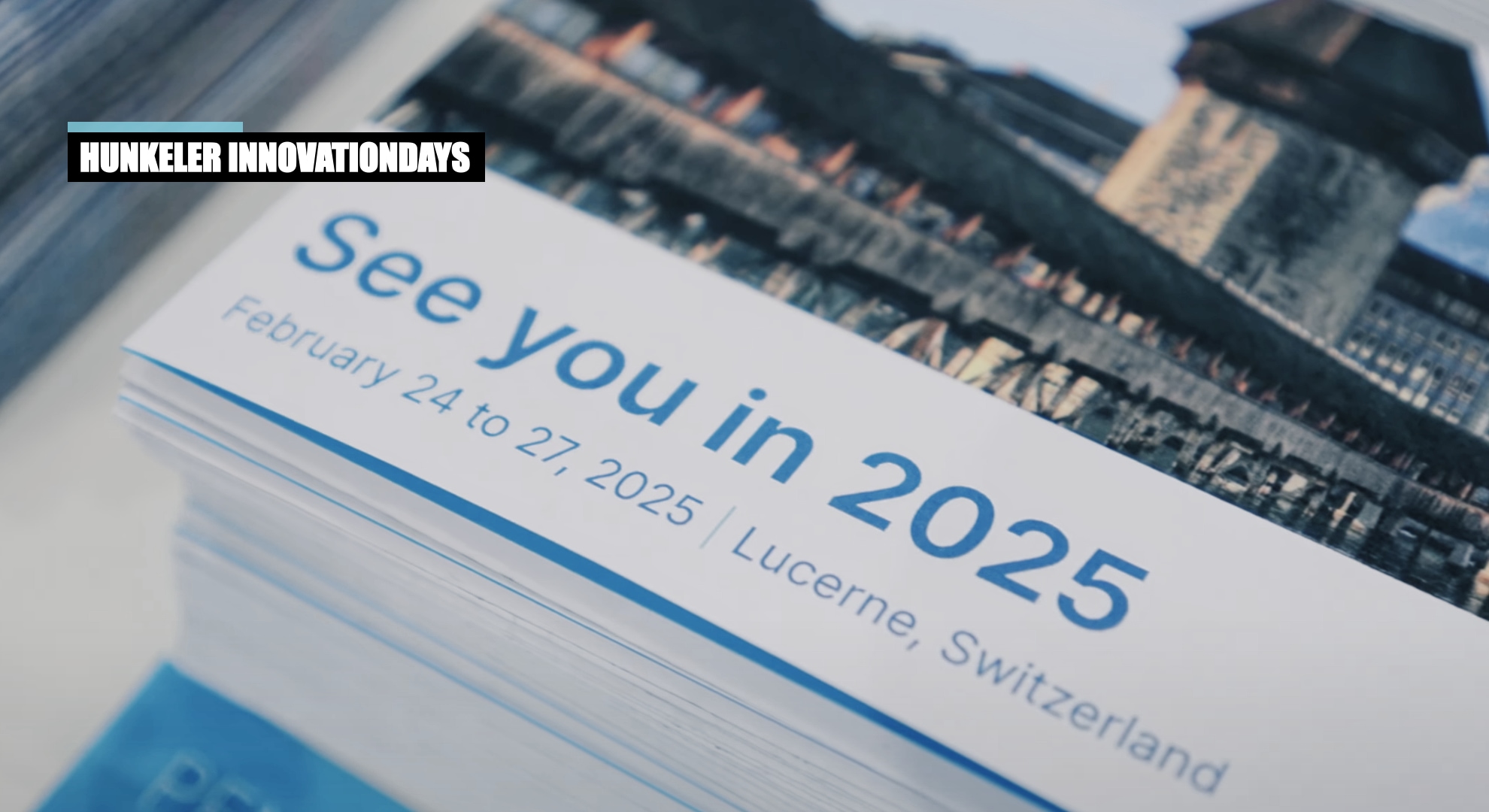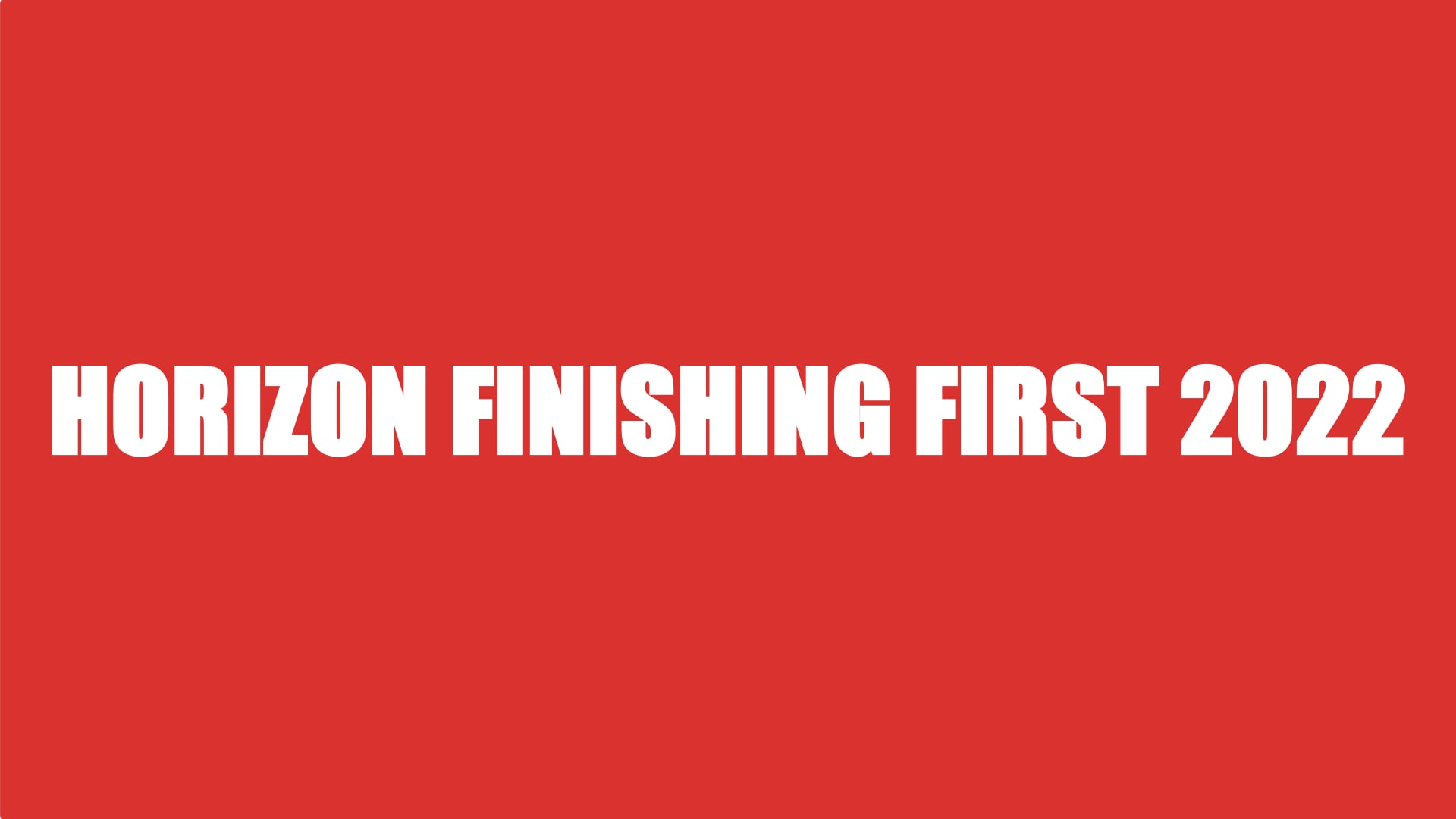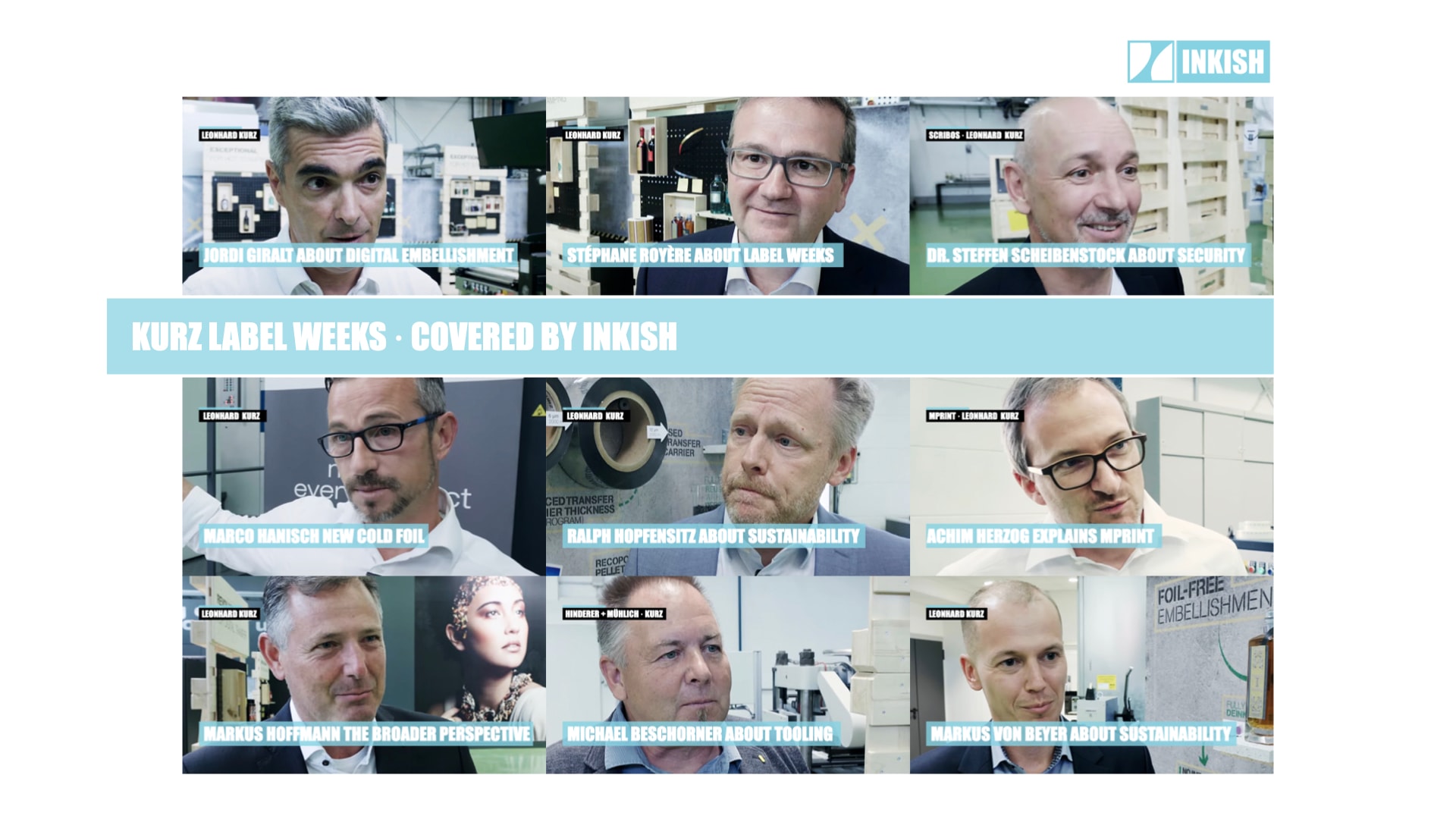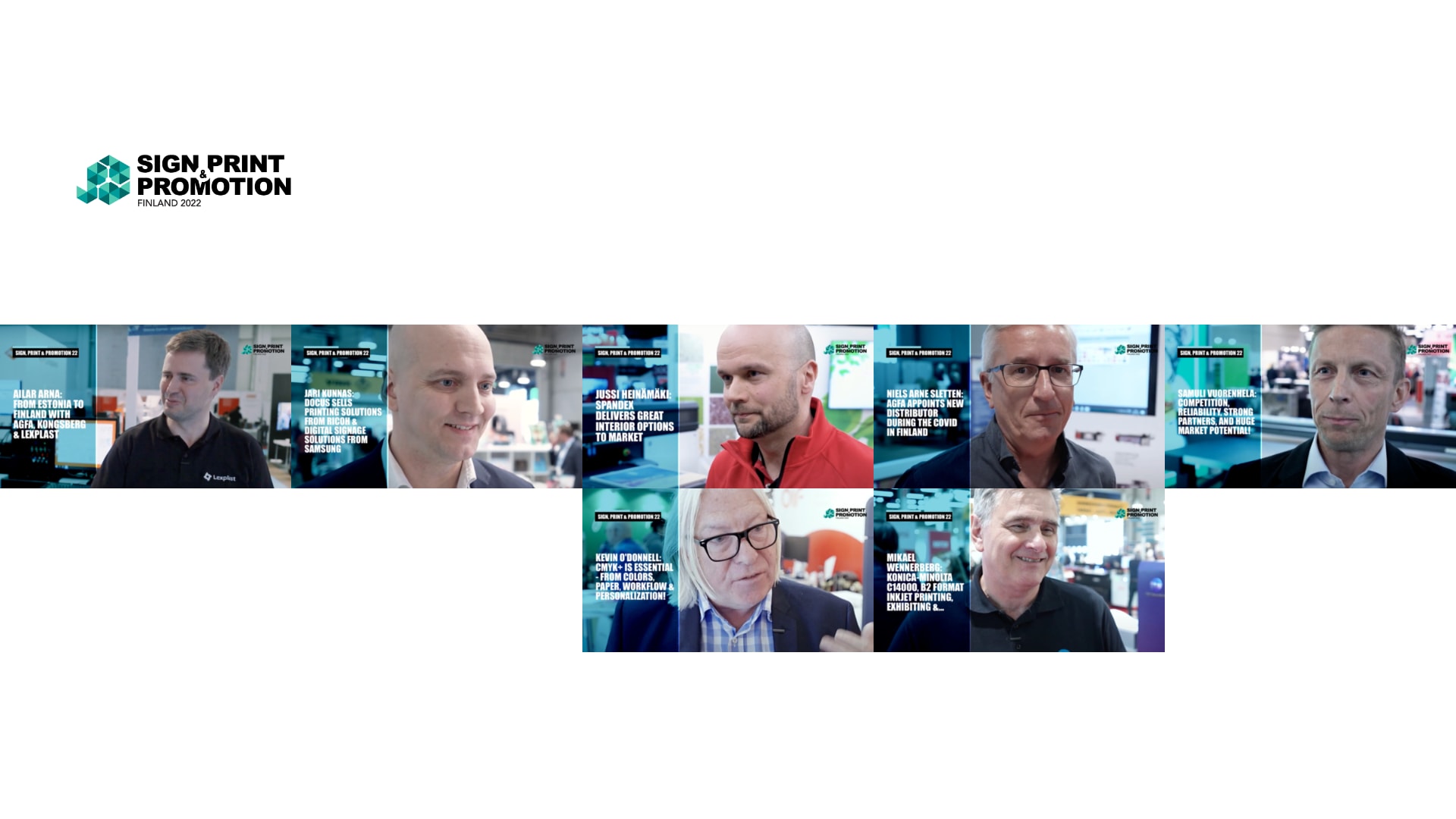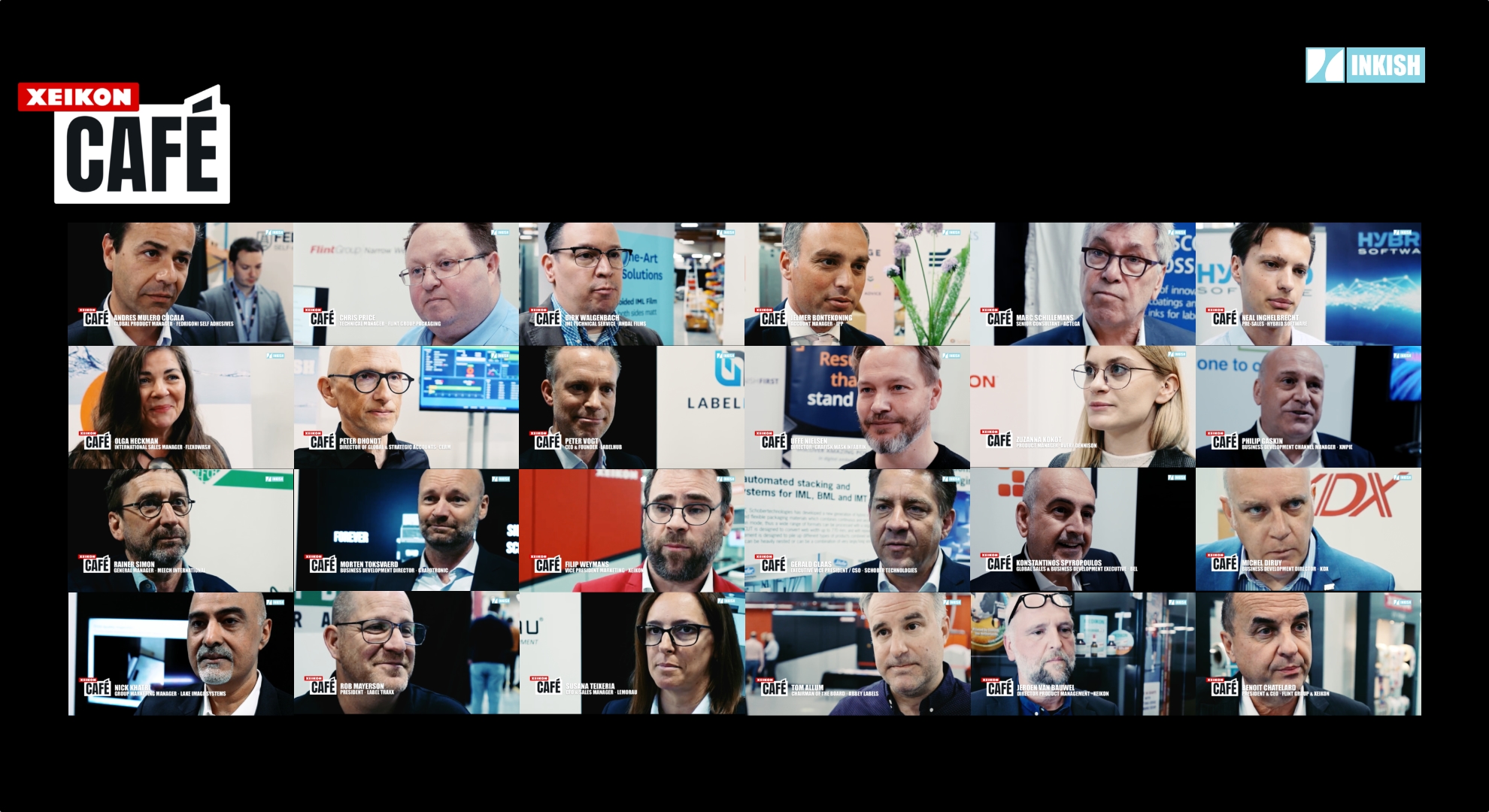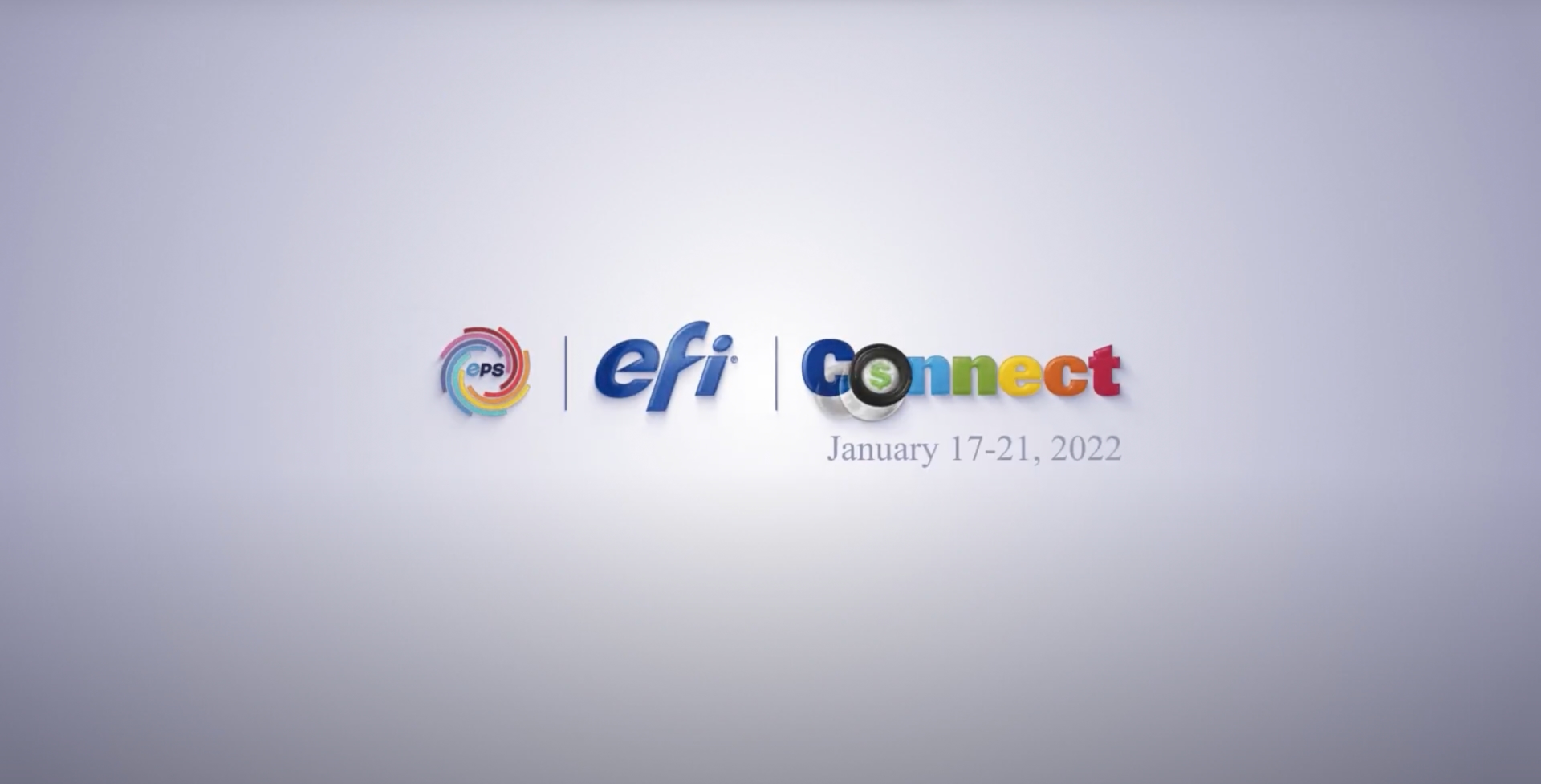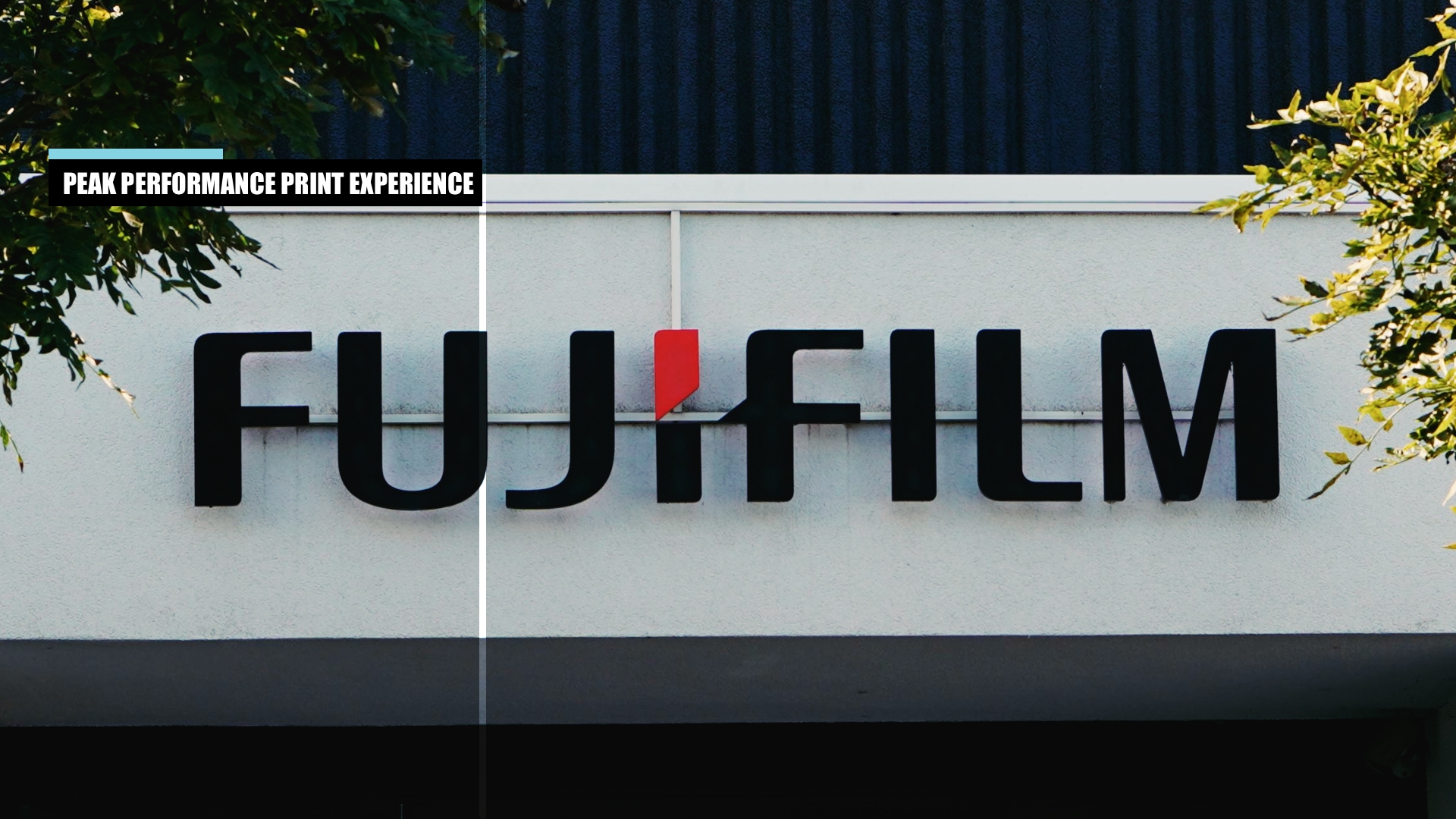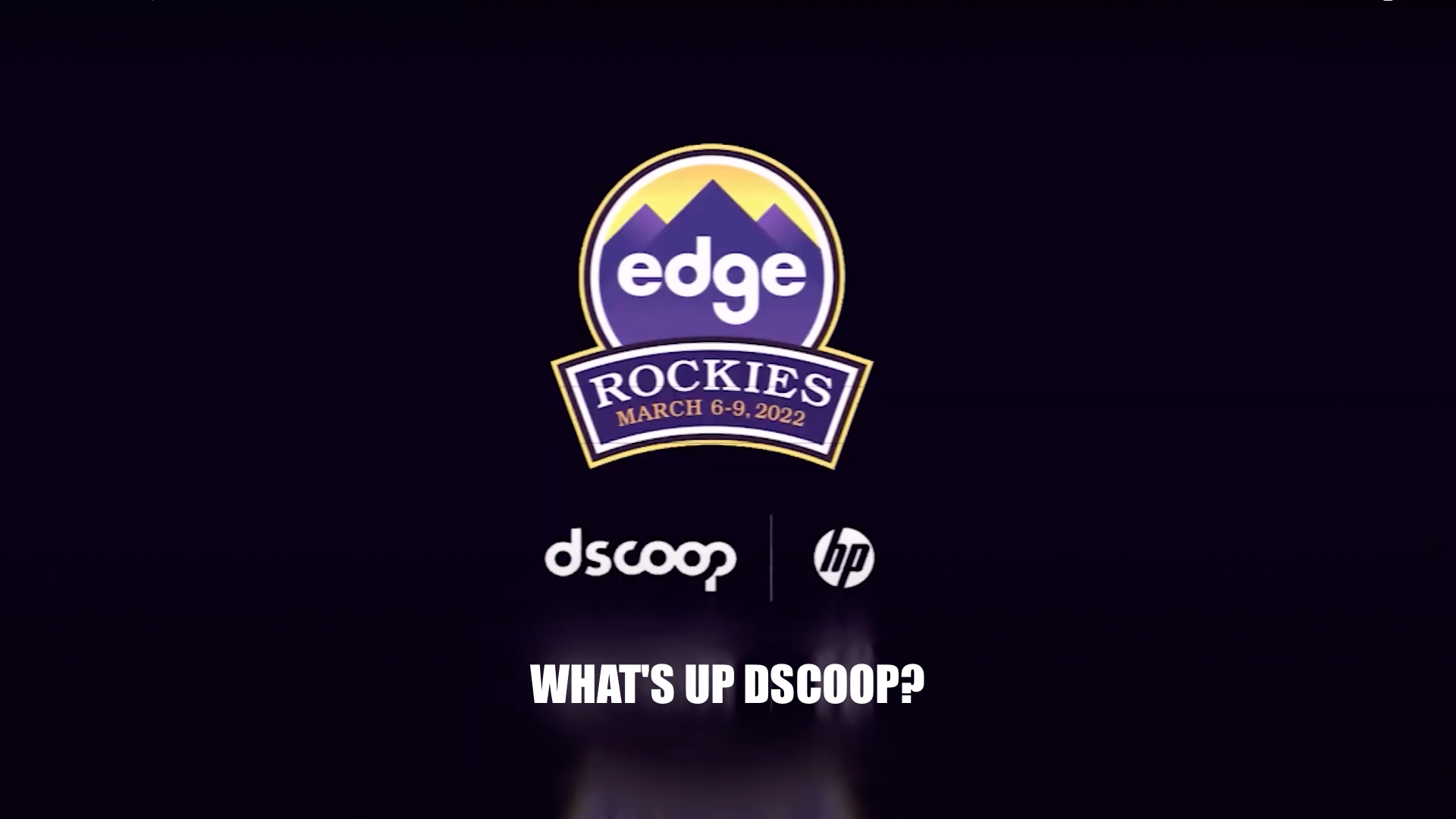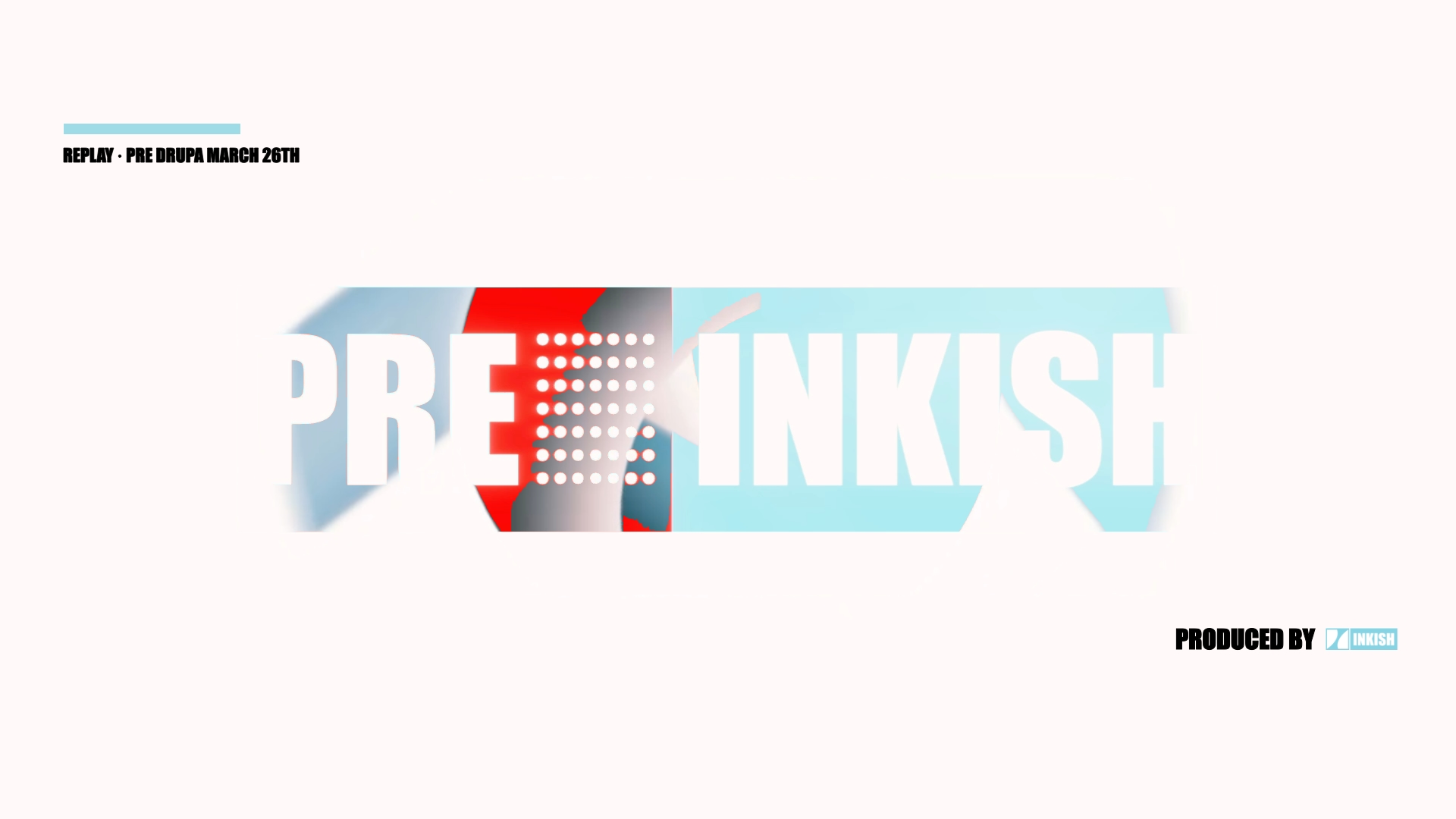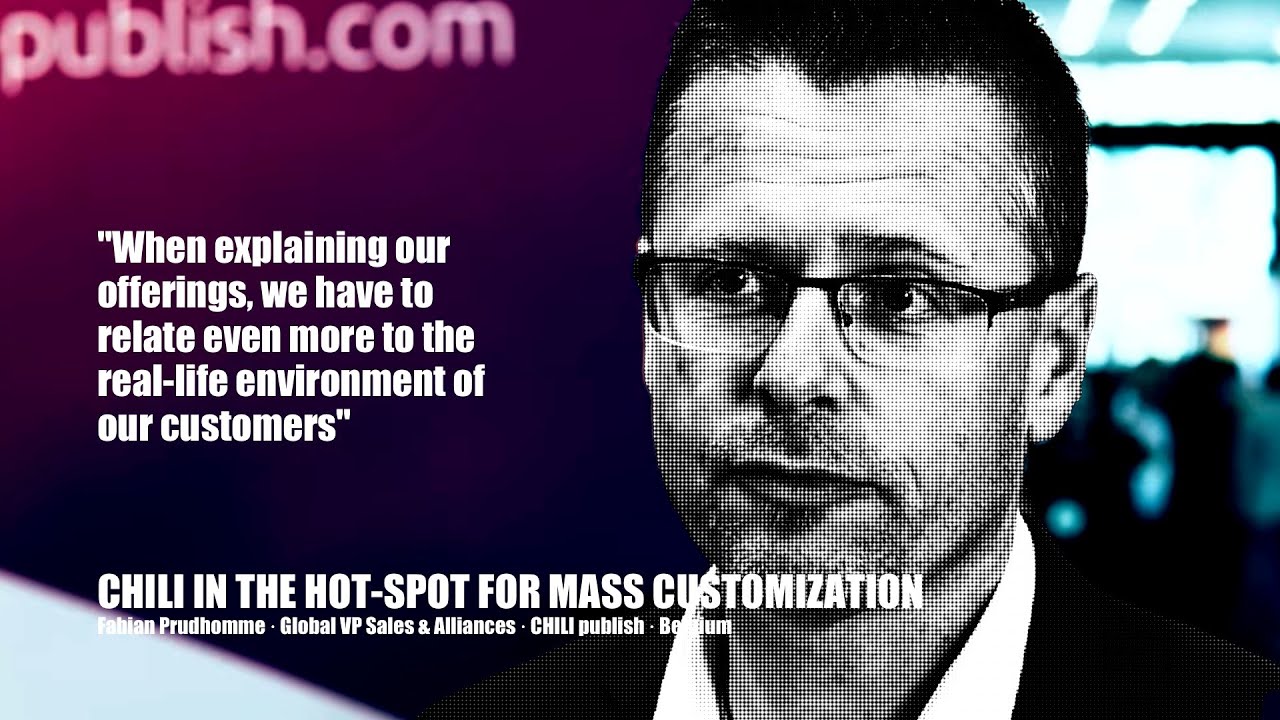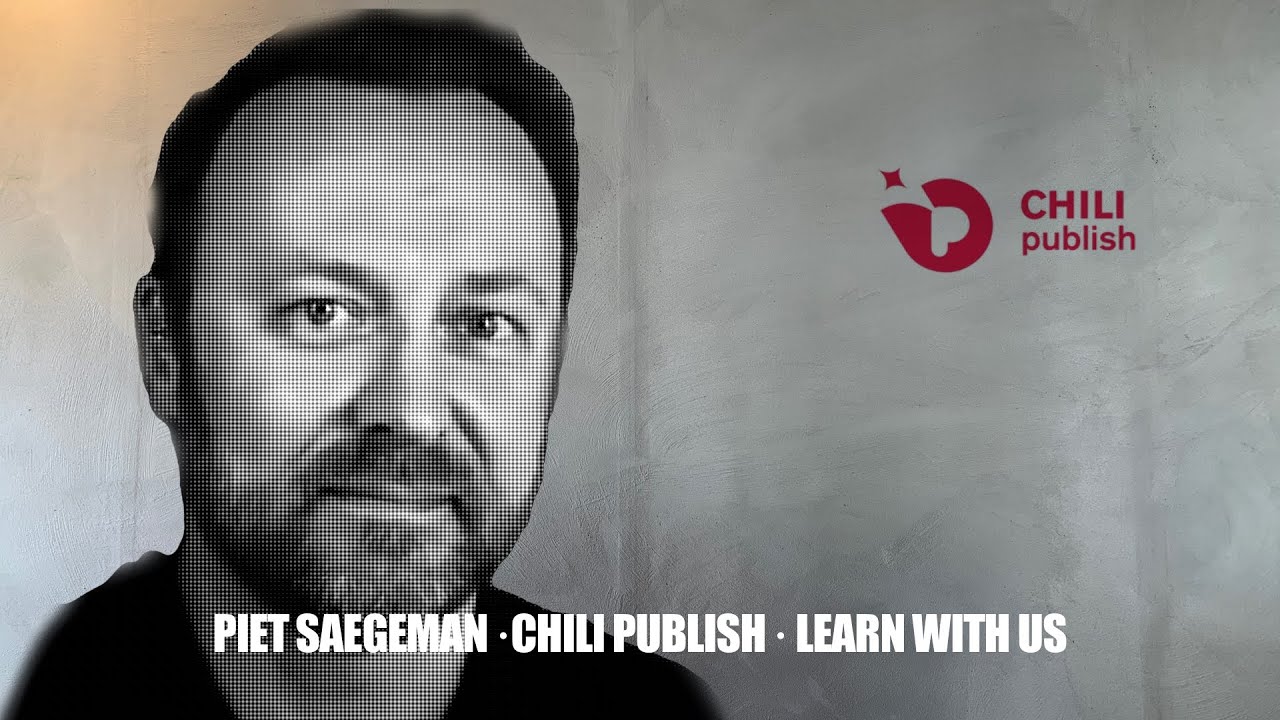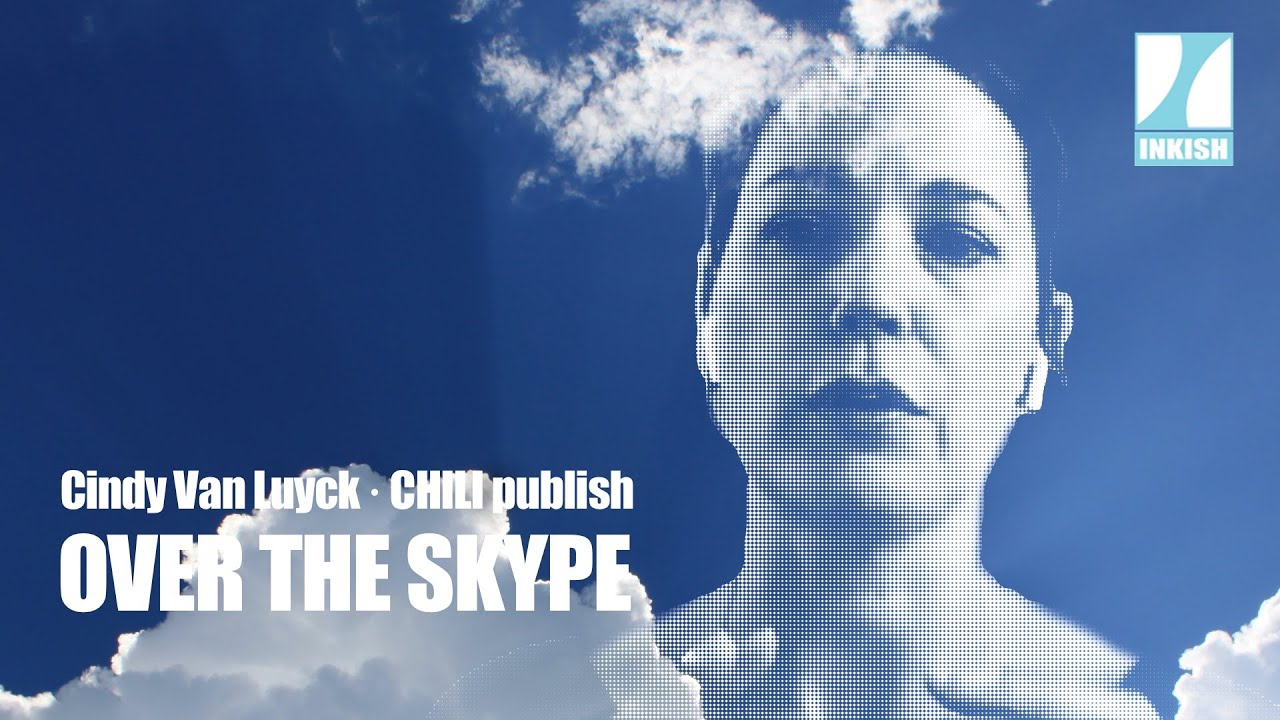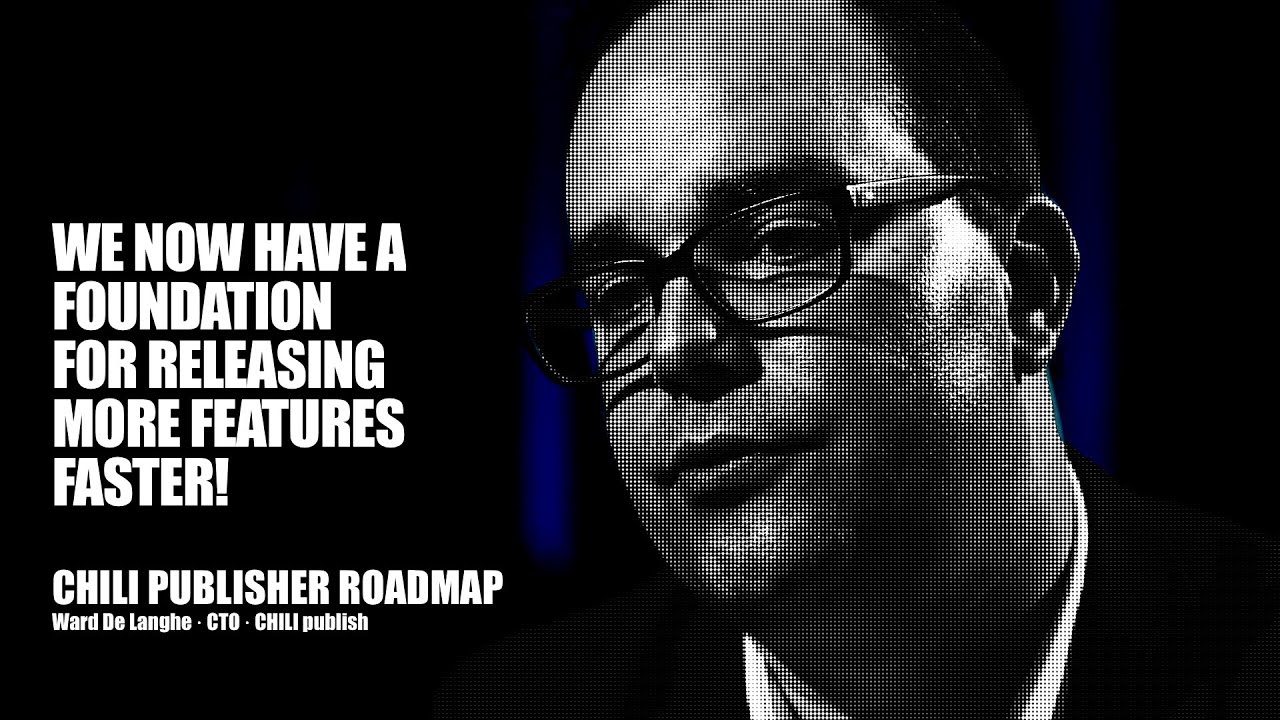Chili in the Hot-Spot for Mass-Customization · Fabian Prudhomme · Global VP Sales · CHILI publish
At the recent LabelExpo, we got the chance to talk to Fabian Prudhomme from CHILI publish. Some may recognize Fabian Prudhomme, who used to be the VP of Enfocus. His new position with CHILI publish is Global Vice President Sales & Alliances. In the interview, we talk with Fabian Prudhomme about the opportunity Chili has in a time where everybody talks about mass-customization, personalization, etc. We also asked Fabian Prudhomme whether the marketing- and storytelling isn’t becoming more complex when a product becomes more and more complex.
See and hear his answers in this short interview from LabelExpo and stay tunes for a full day of coverage from CHILI publish’s booth #11657 at Printing United 2019 in Dallas.
Chili is a software company. Obviously we’re a technology provider and we make software. We make online document editor, which is based on a smart template technology.
Absolutely. And these challenges or these issues are exactly the ones that we’re trying to address with our solutions. Basically, create content once and repurpose it everywhere. So take the repeatability out of the equation, the risk of making errors, because typically there’s a lot of manual work involved and that’s exactly what we tried to solve with Chili Publisher.
On the one hand, yes, and that’s where good marketing message comes in. We have to keep the story simple. We have to be able to relate to the real life environments of our customers. Not so much talk about technology, but really the problems that we can solve for them.
Well, our solution is quite technically complex. It’s not a plug and play application. It does require integration. It’s not a standalone solution. So it fits within workflows. It connects to MIS systems, DAM systems, PIM systems. And so there’s a complexity to it on the one hand. On the other hand, the problems that we try to solve are fairly simple and well known in the industry. So it’s trying to find the right balance and mix between those two.
Well what we try to do is make sure that people that are not specialized in graphic arts would be able to use our software, and that’s where the smart templates come in. If you’re a brand owner and you want your customers to be able to personalize or customize their labels, you create the smart templates where you will only allow them to change the fields that you think are relevant to them. So anybody, the marketing department or your customers could access our platform and change the first name on the label or change a color, for instance, using those smart templates.
Absolutely. So that’s the second part of my objectives is to start building an ecosystem of carefully selected partners that we can join forces with and then bring a total solution to our customers.
Oh yeah. And we’re in full scale up. We’re building the commercial team, the sales team in the United States, but also in Europe, and we are in full scale up mode. So we really have a very high ambitious, and yeah, the sky’s the limit as far as we’re concerned.


